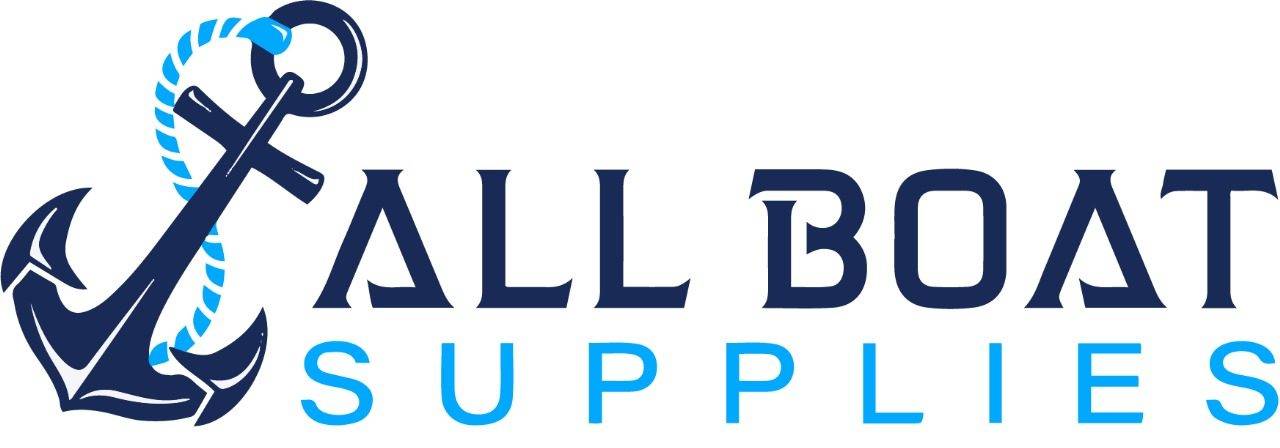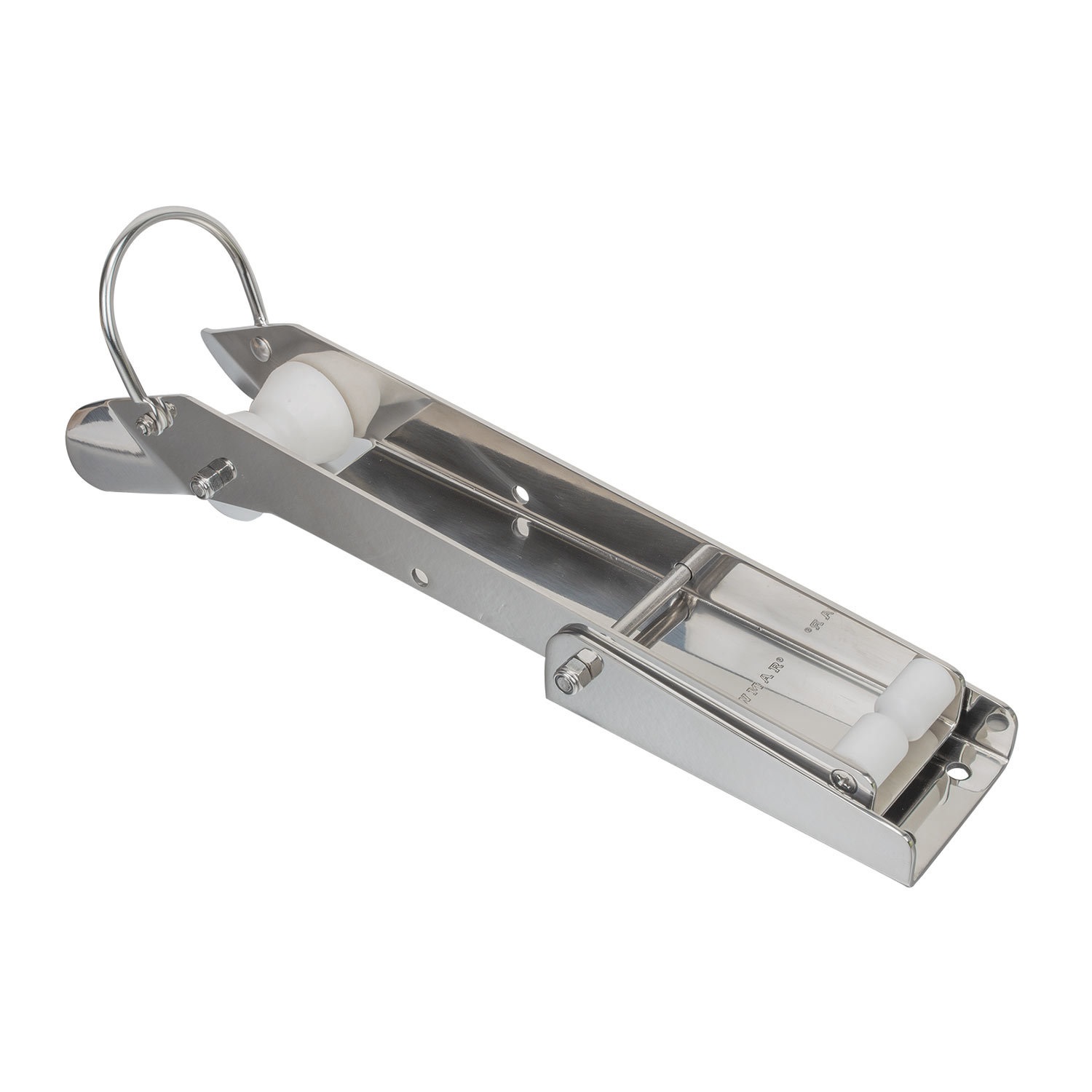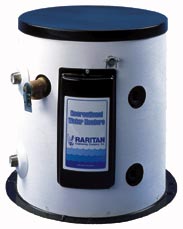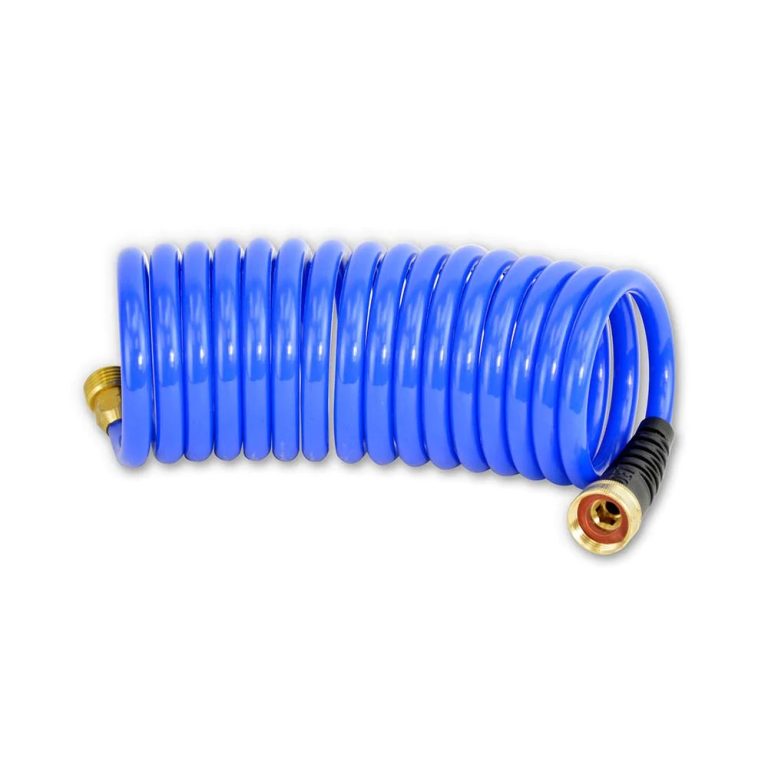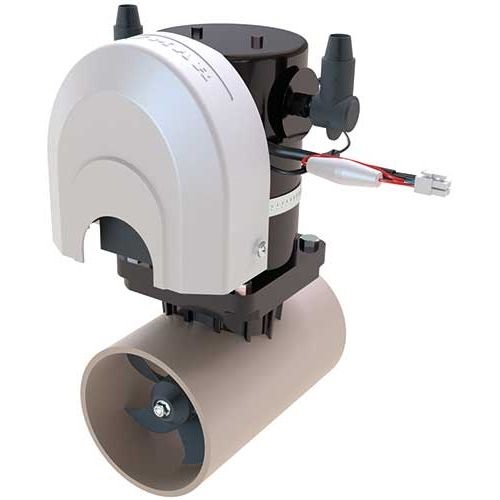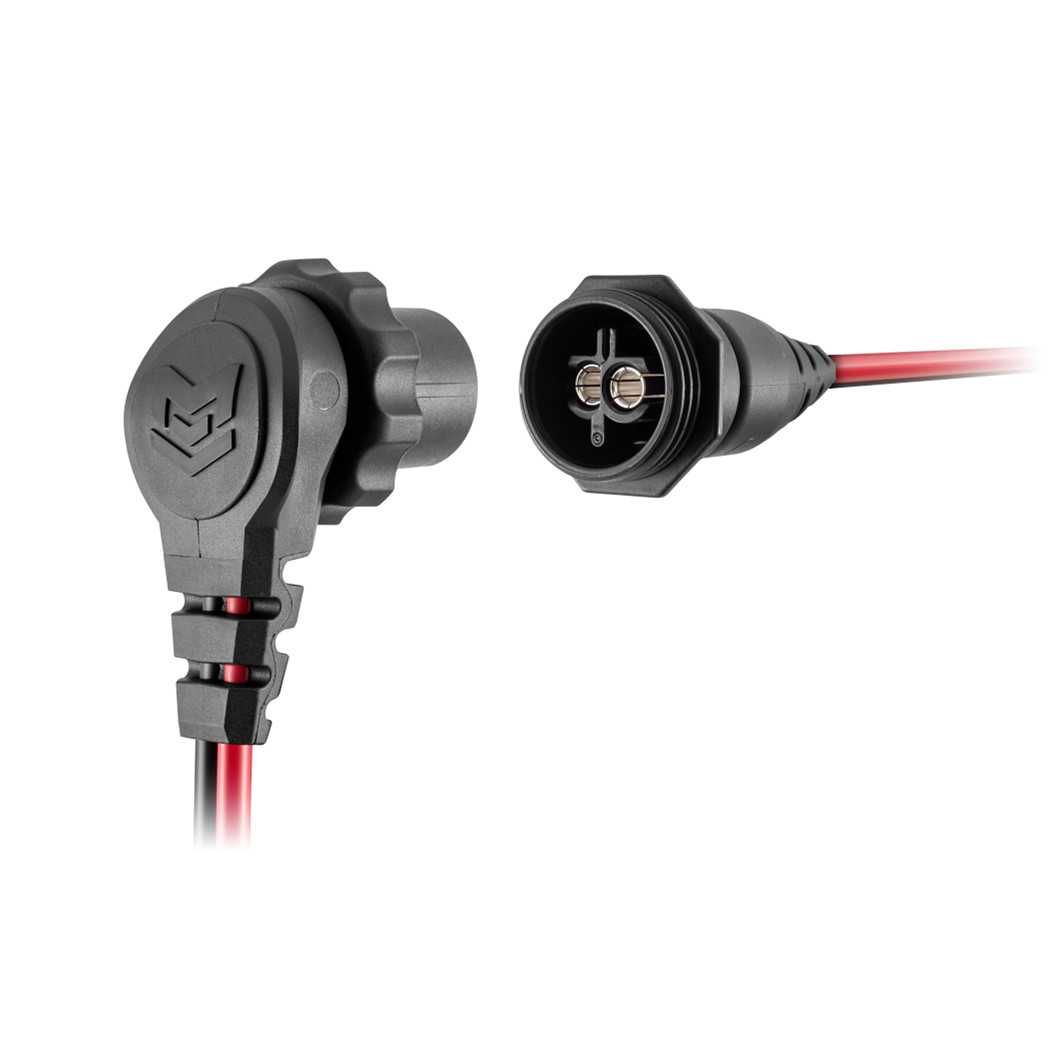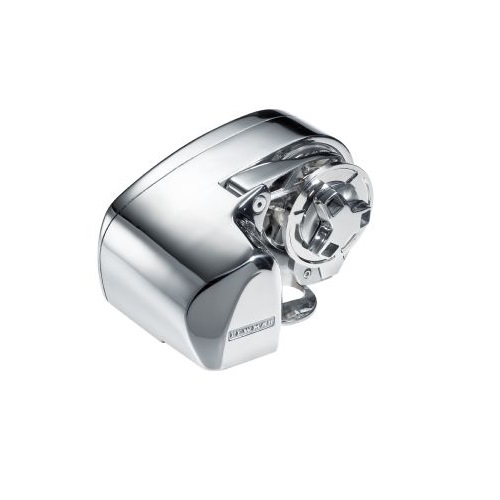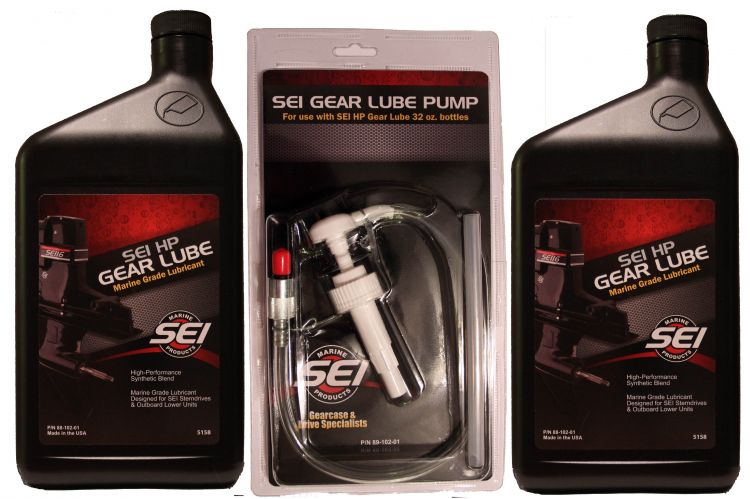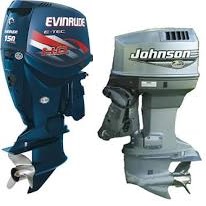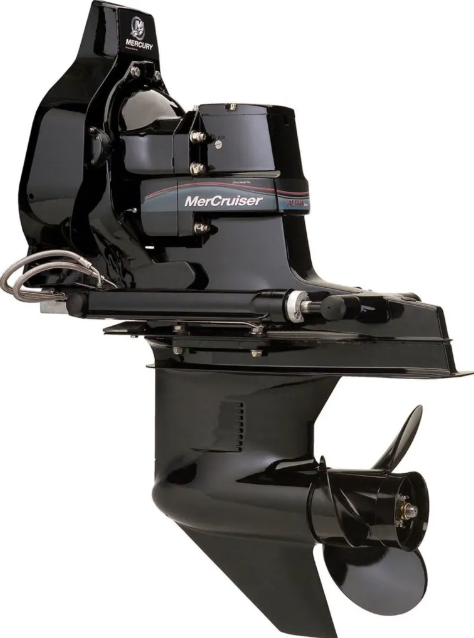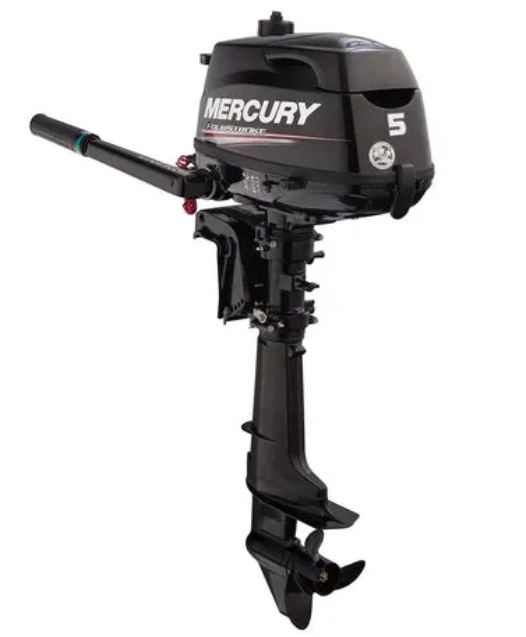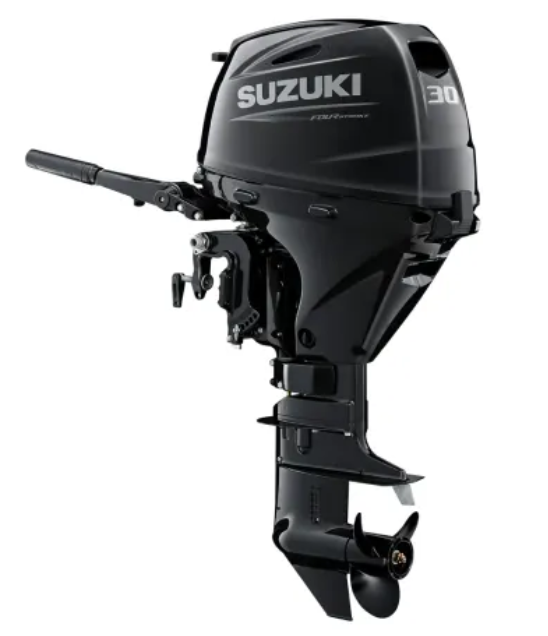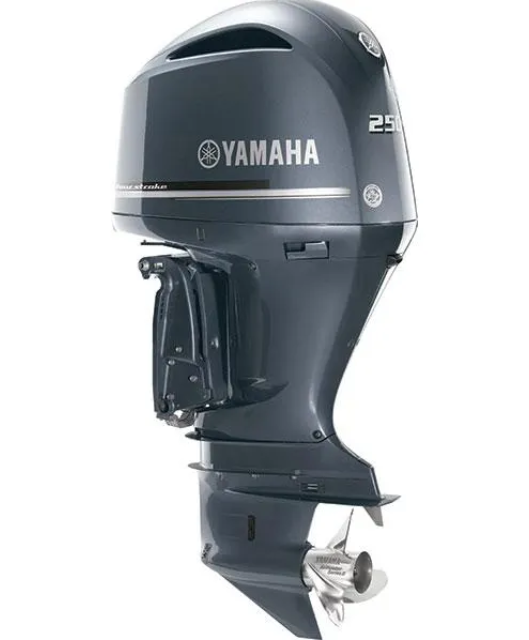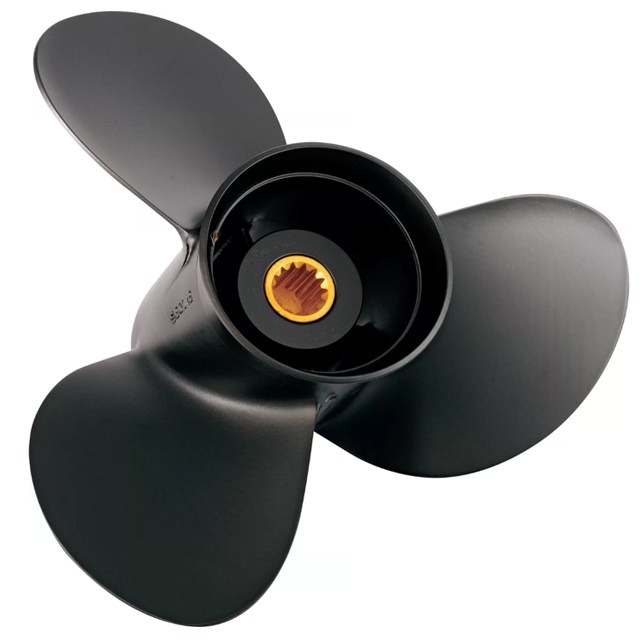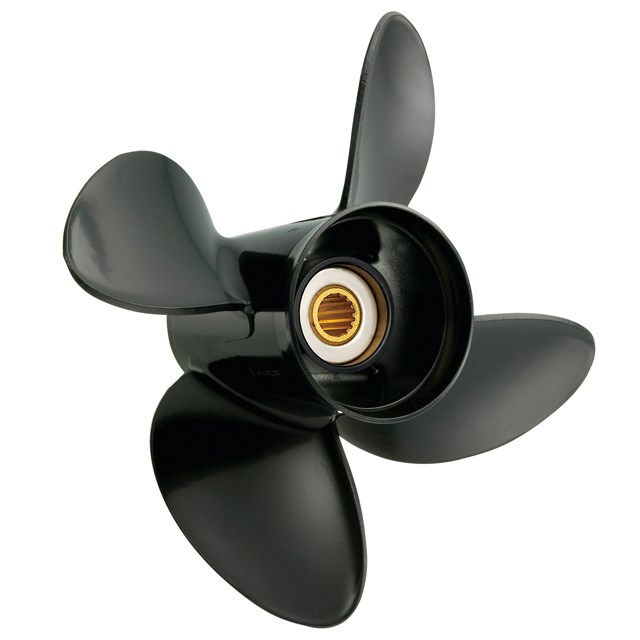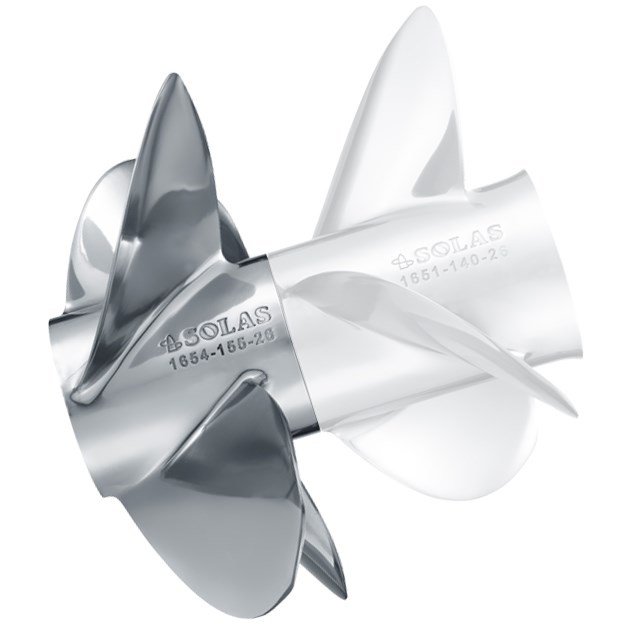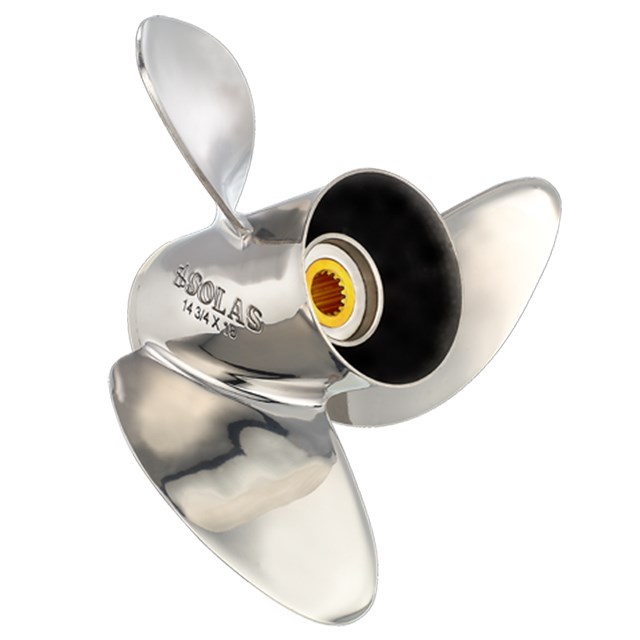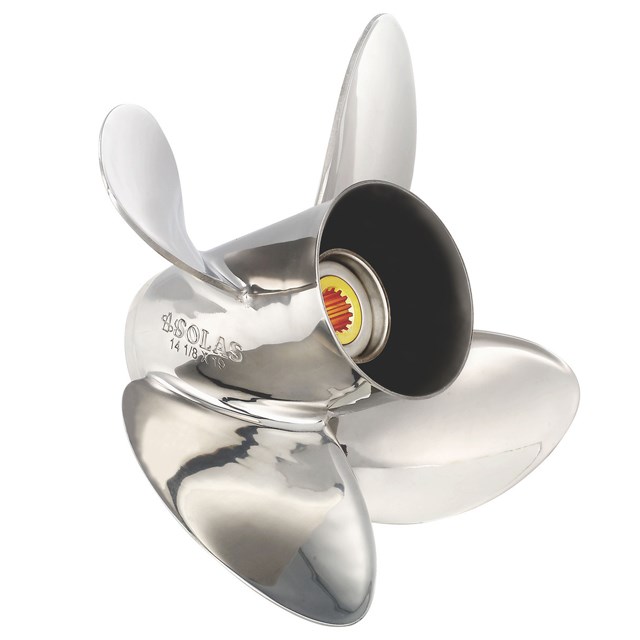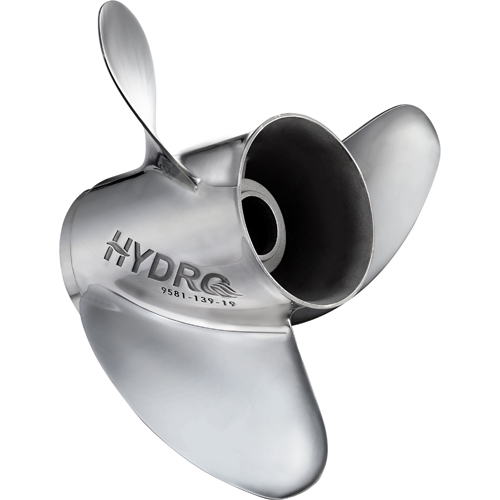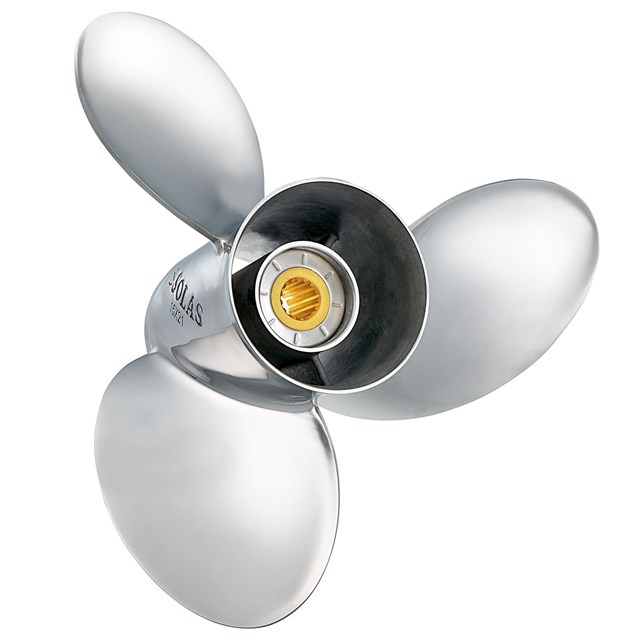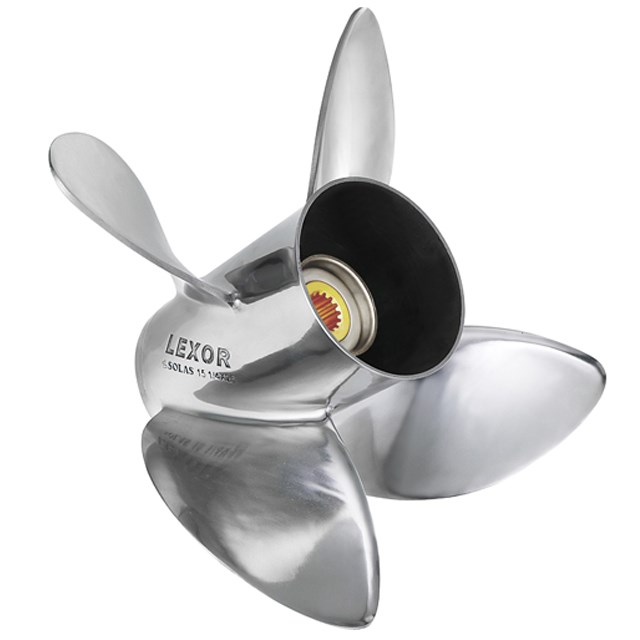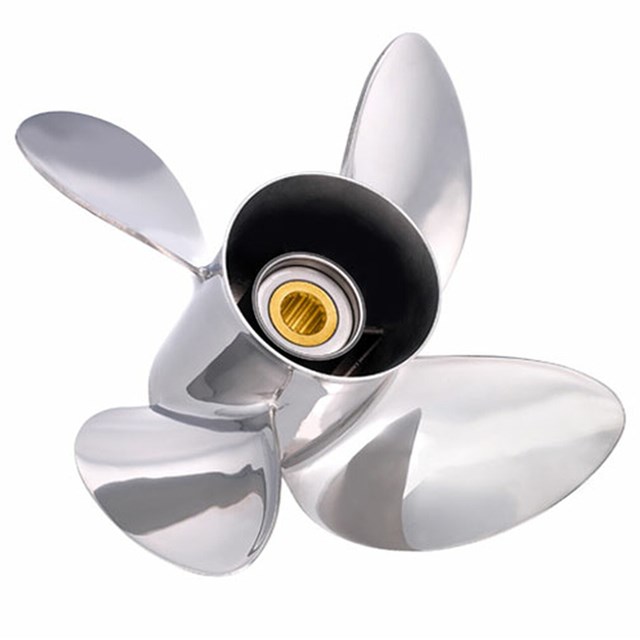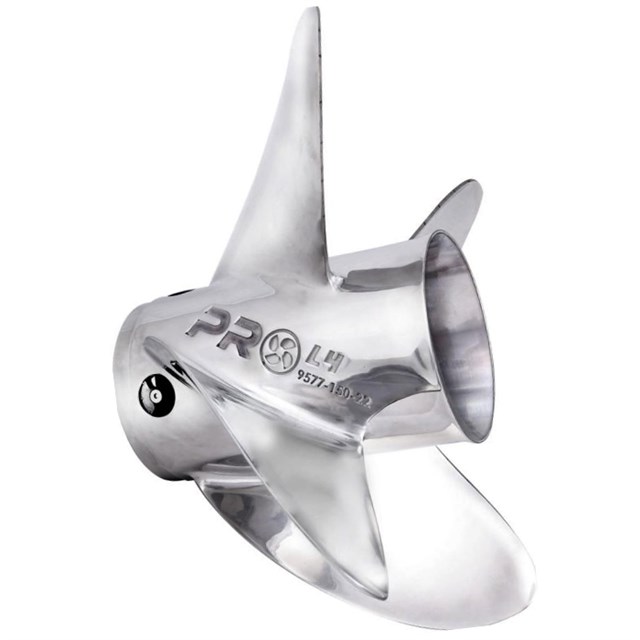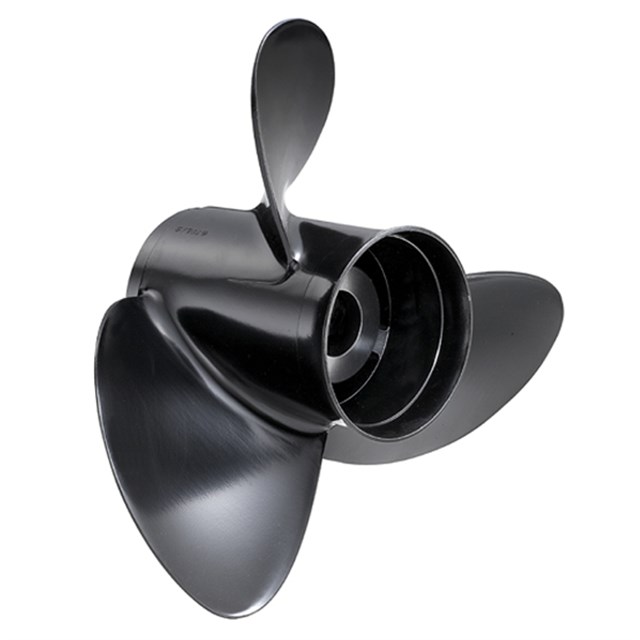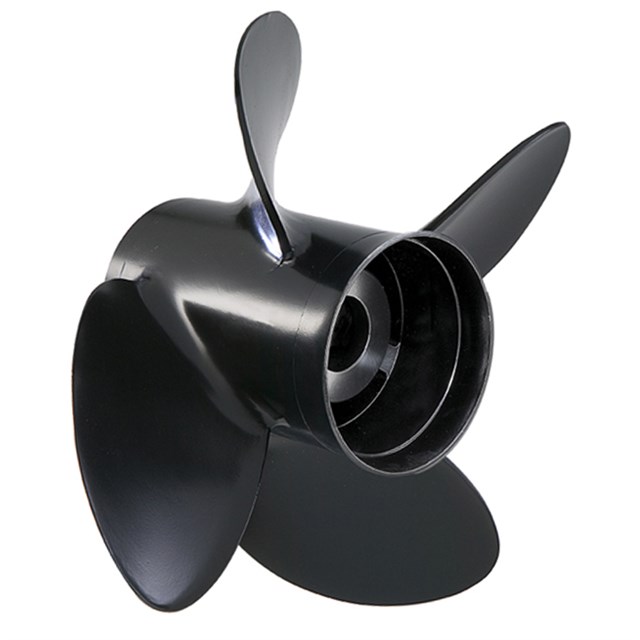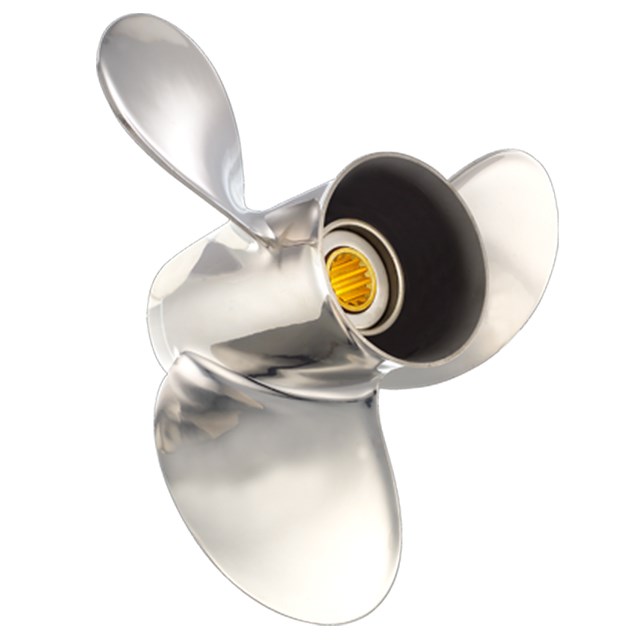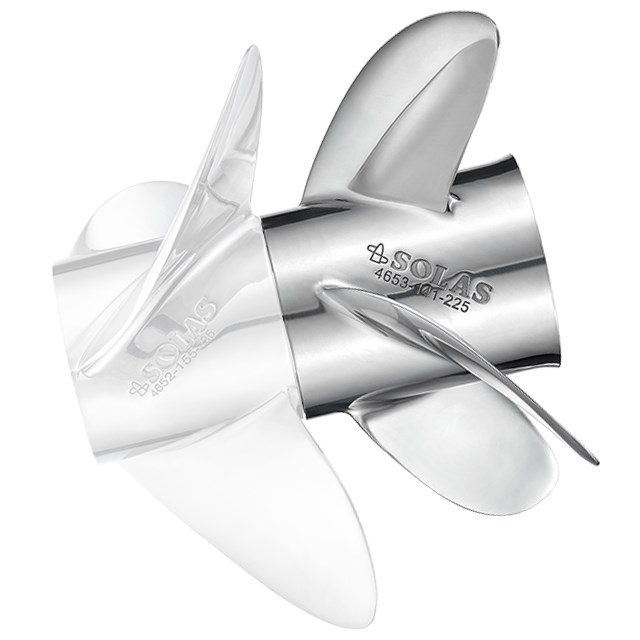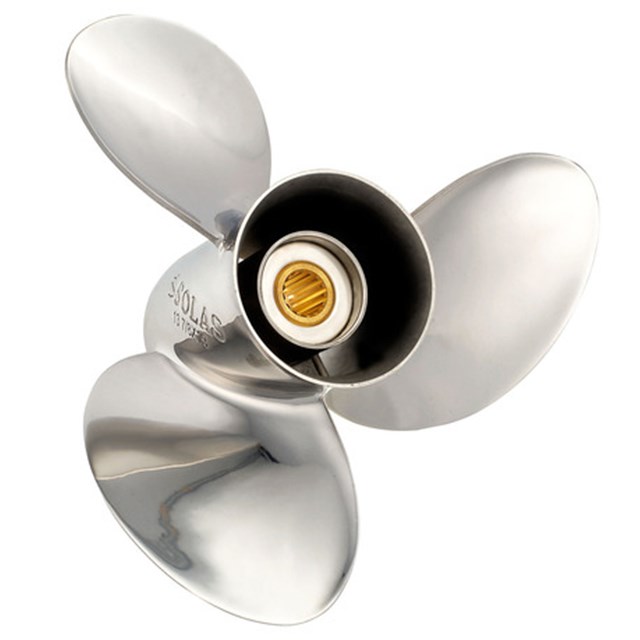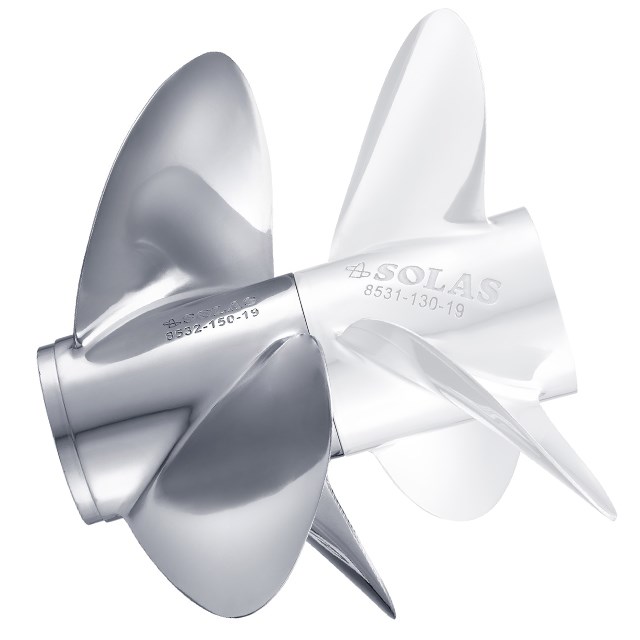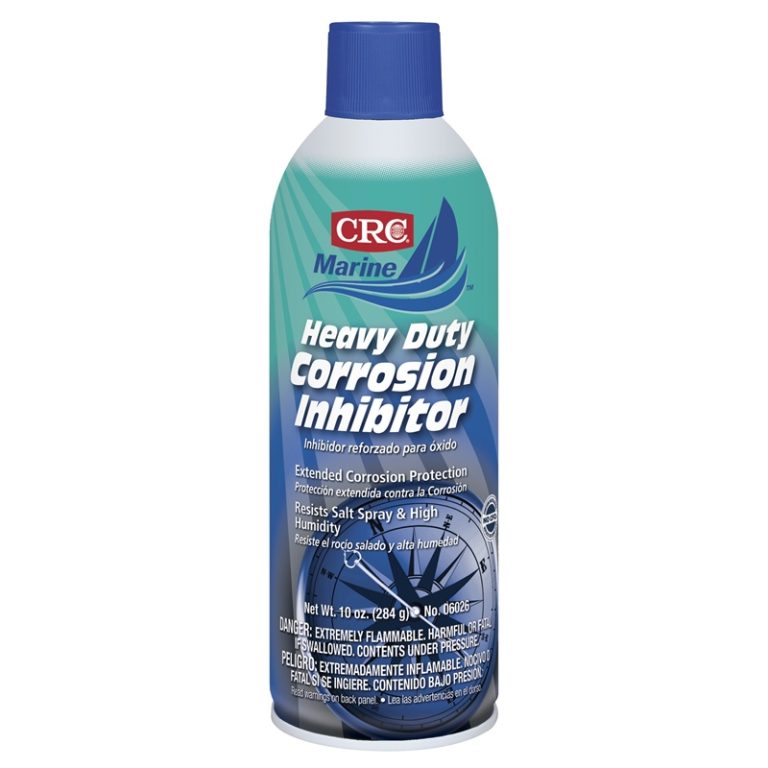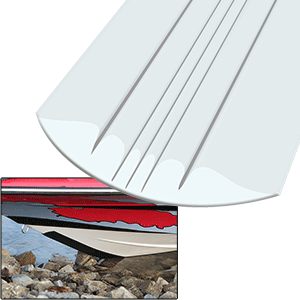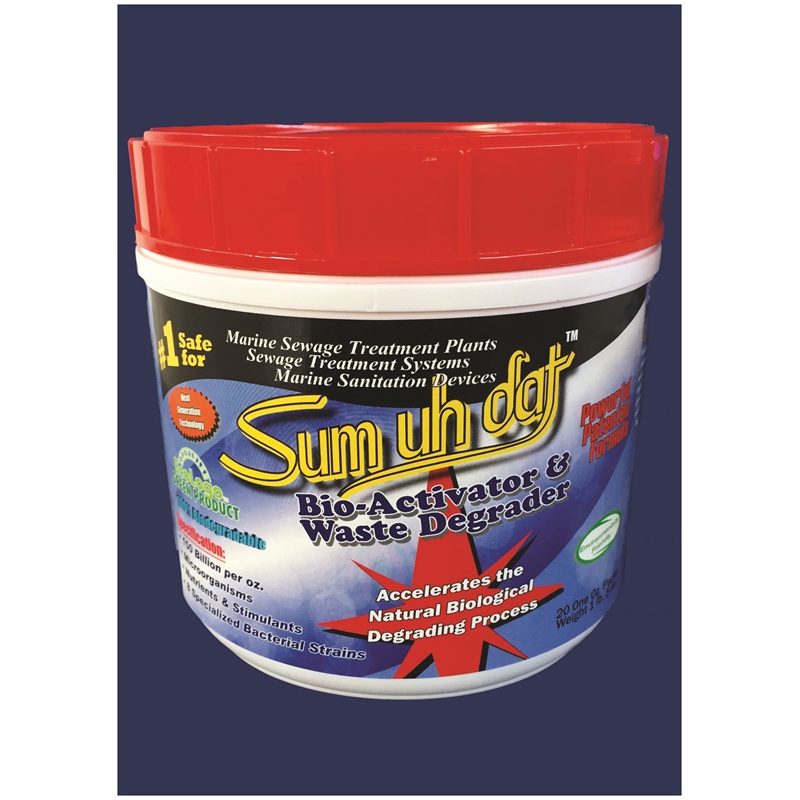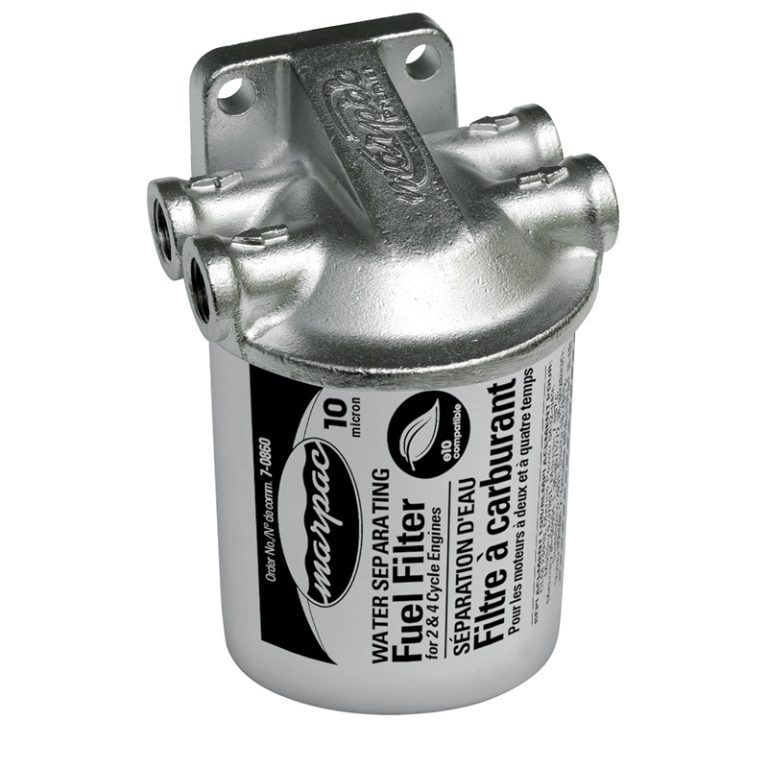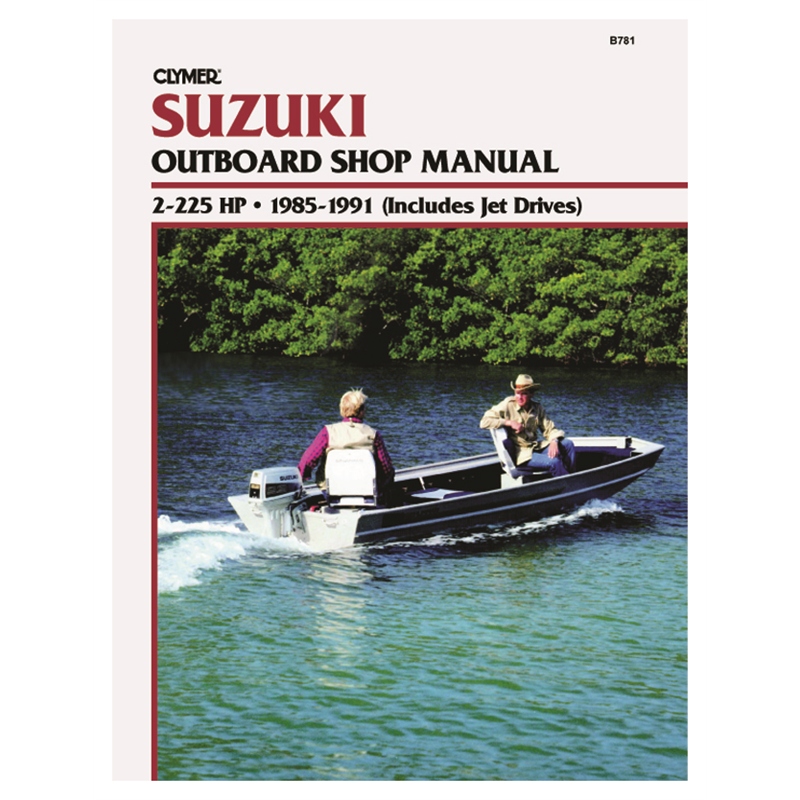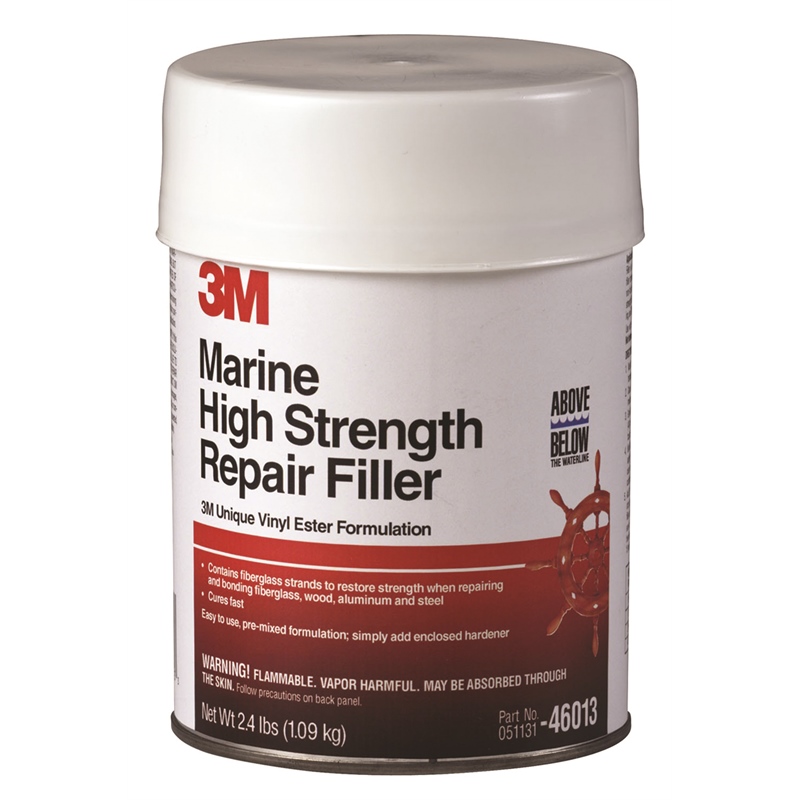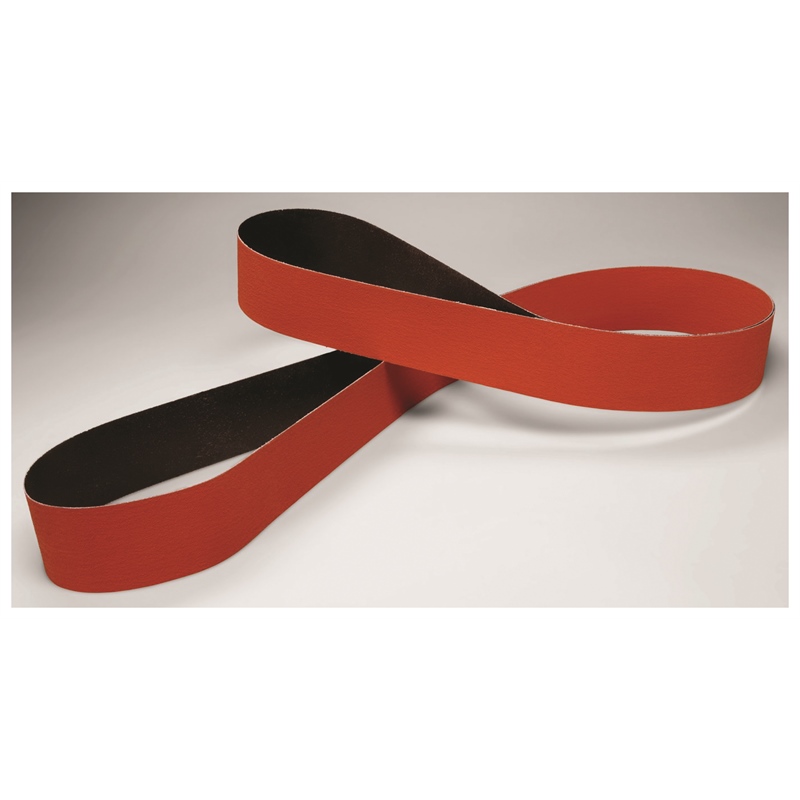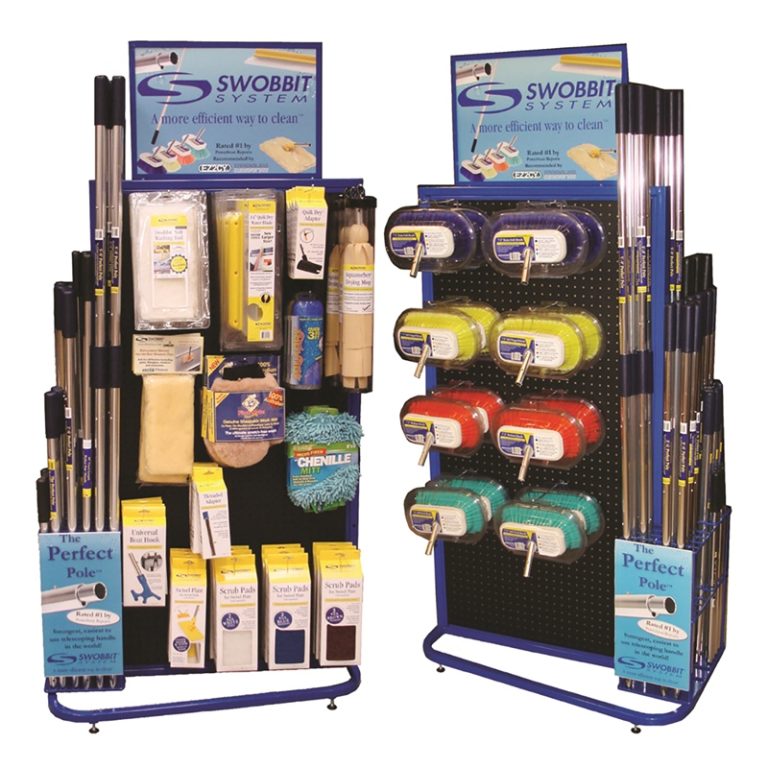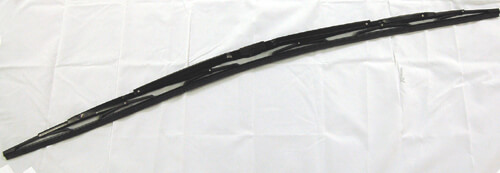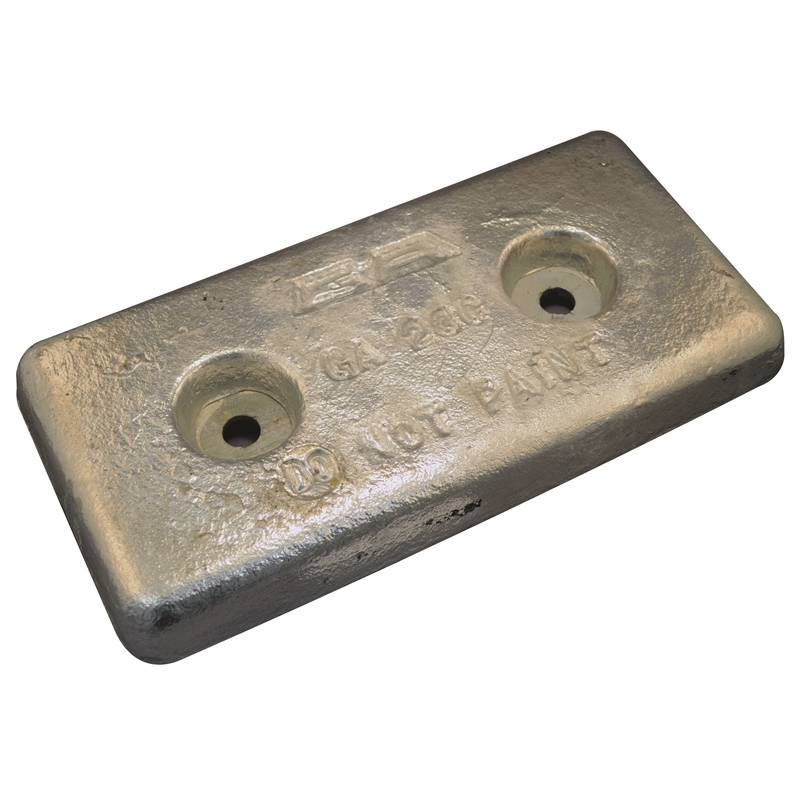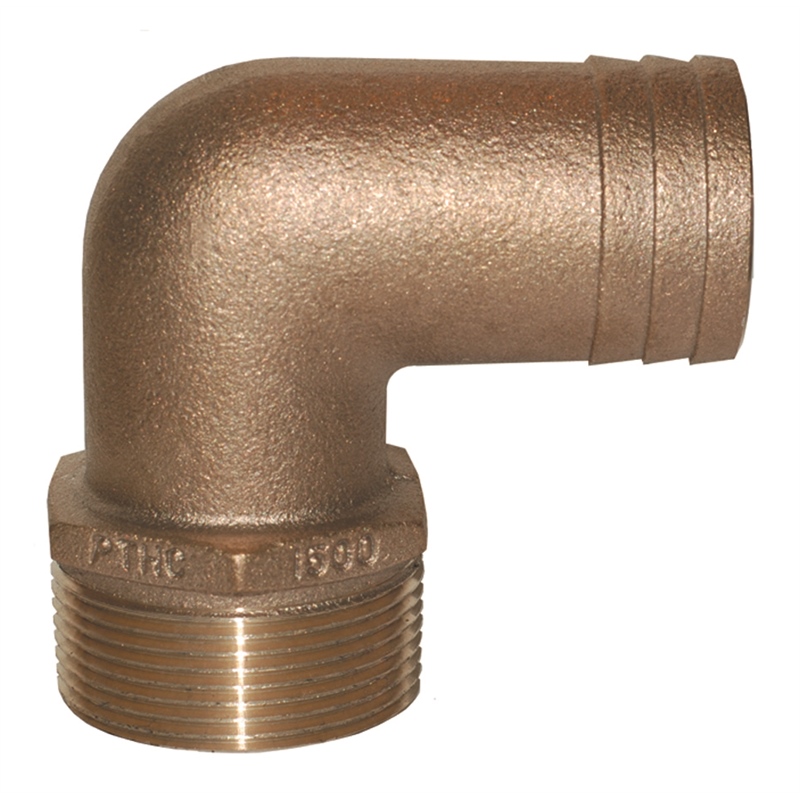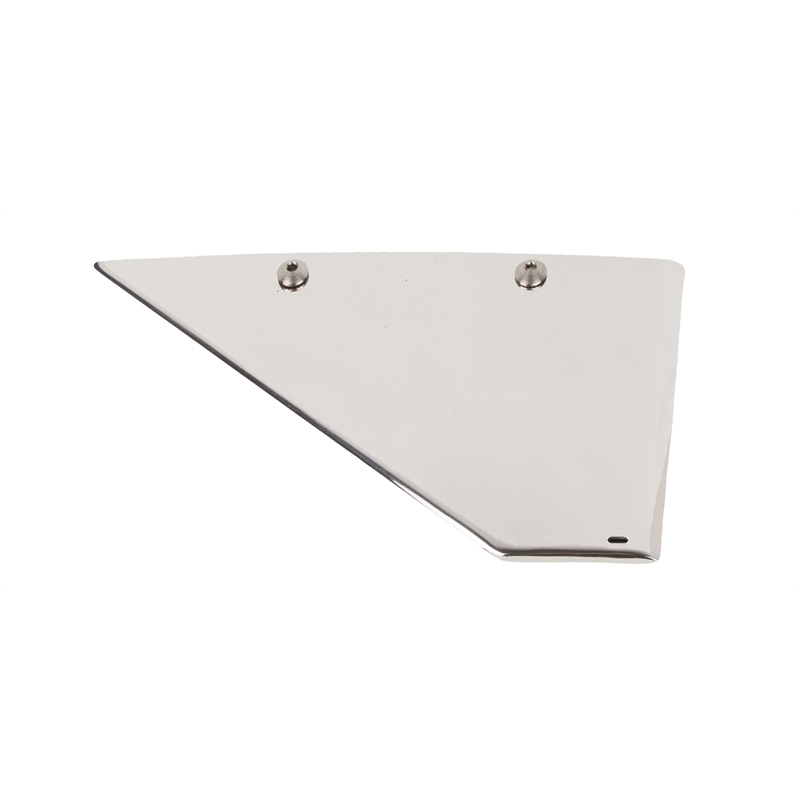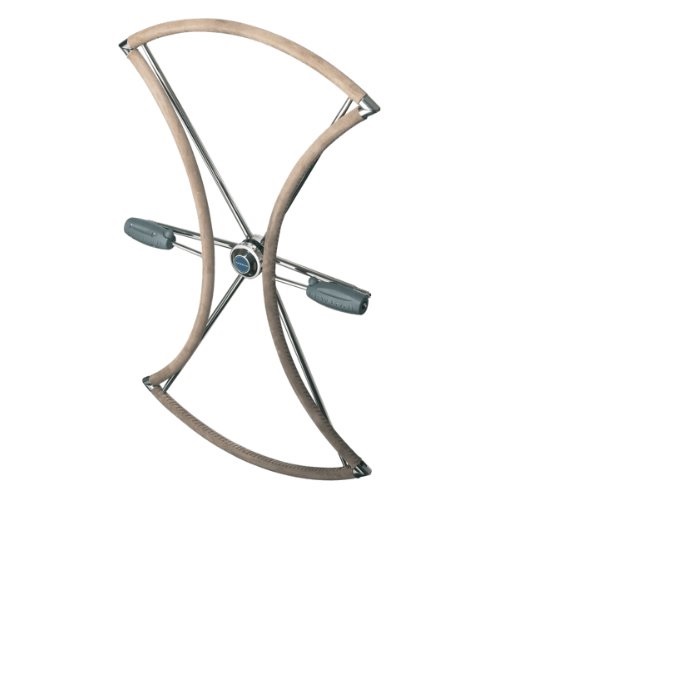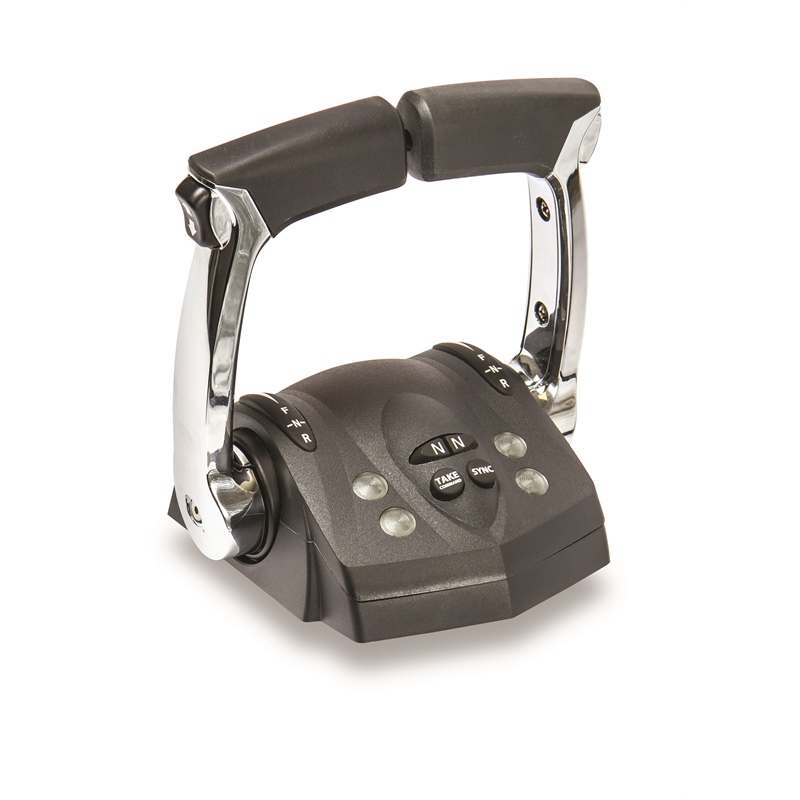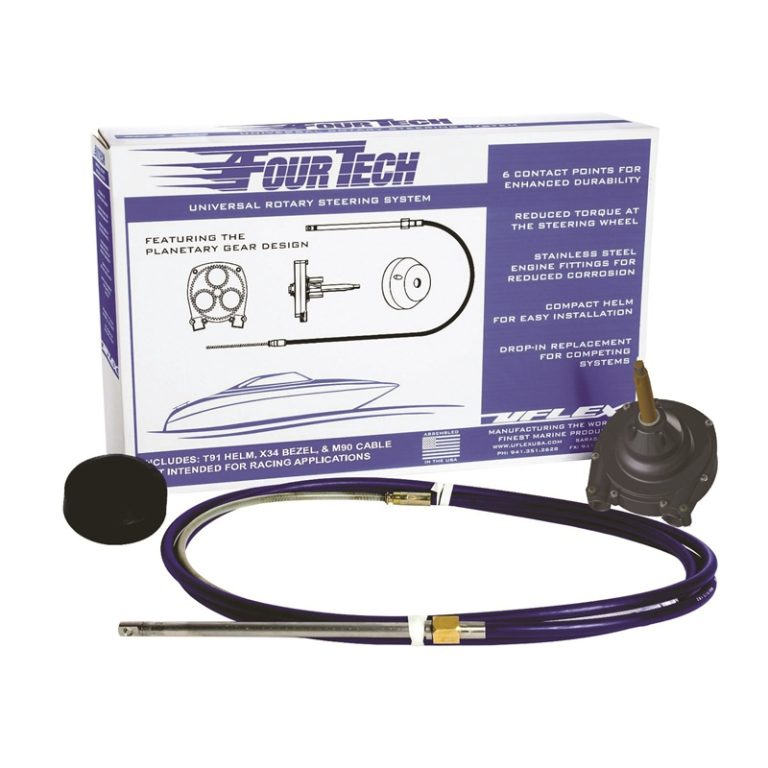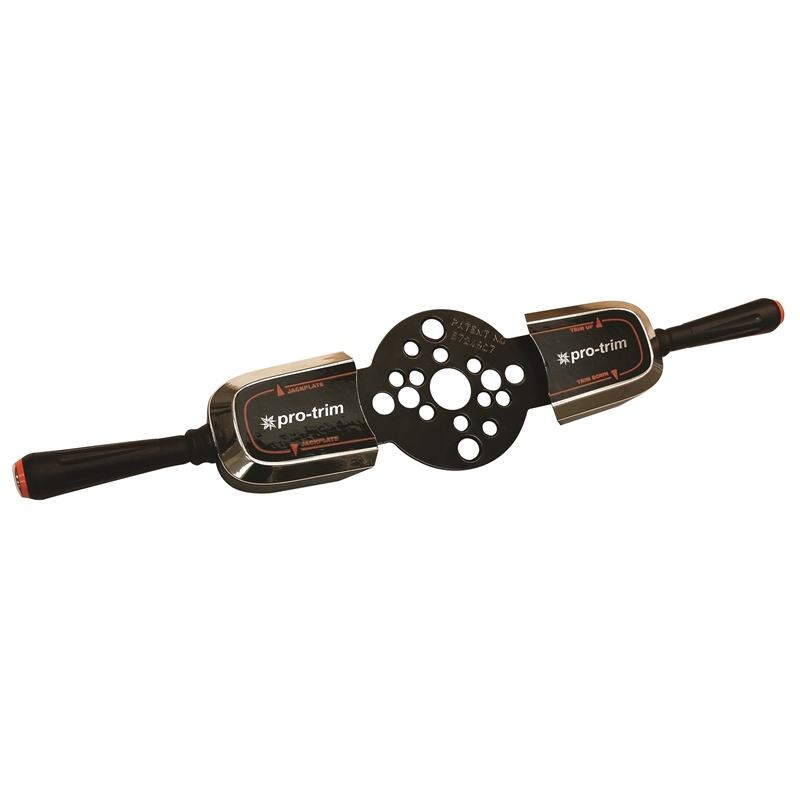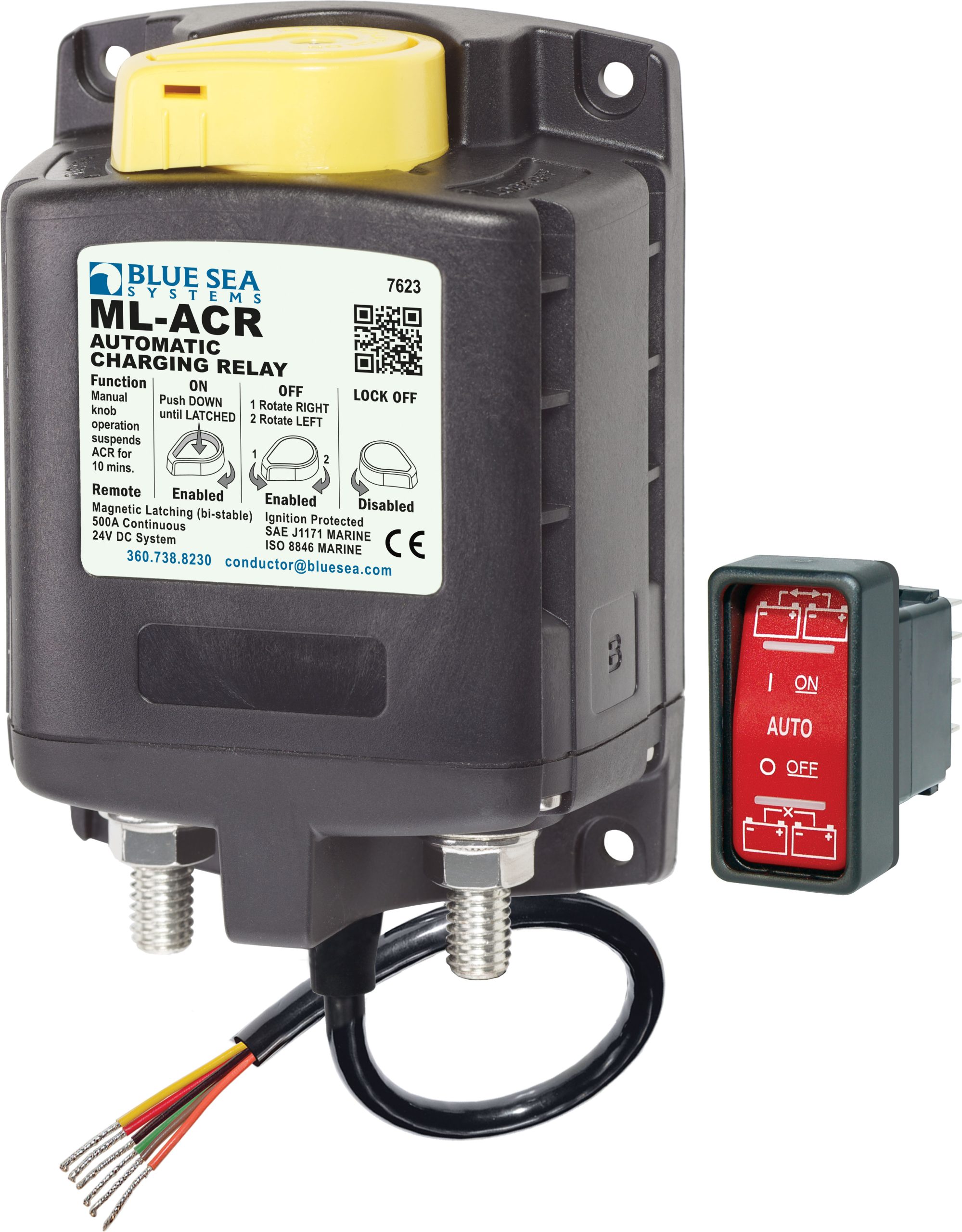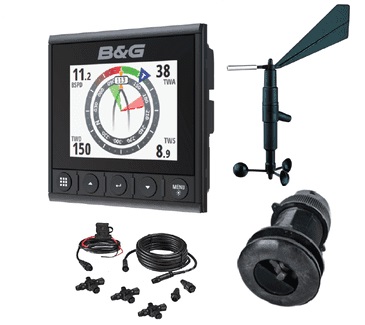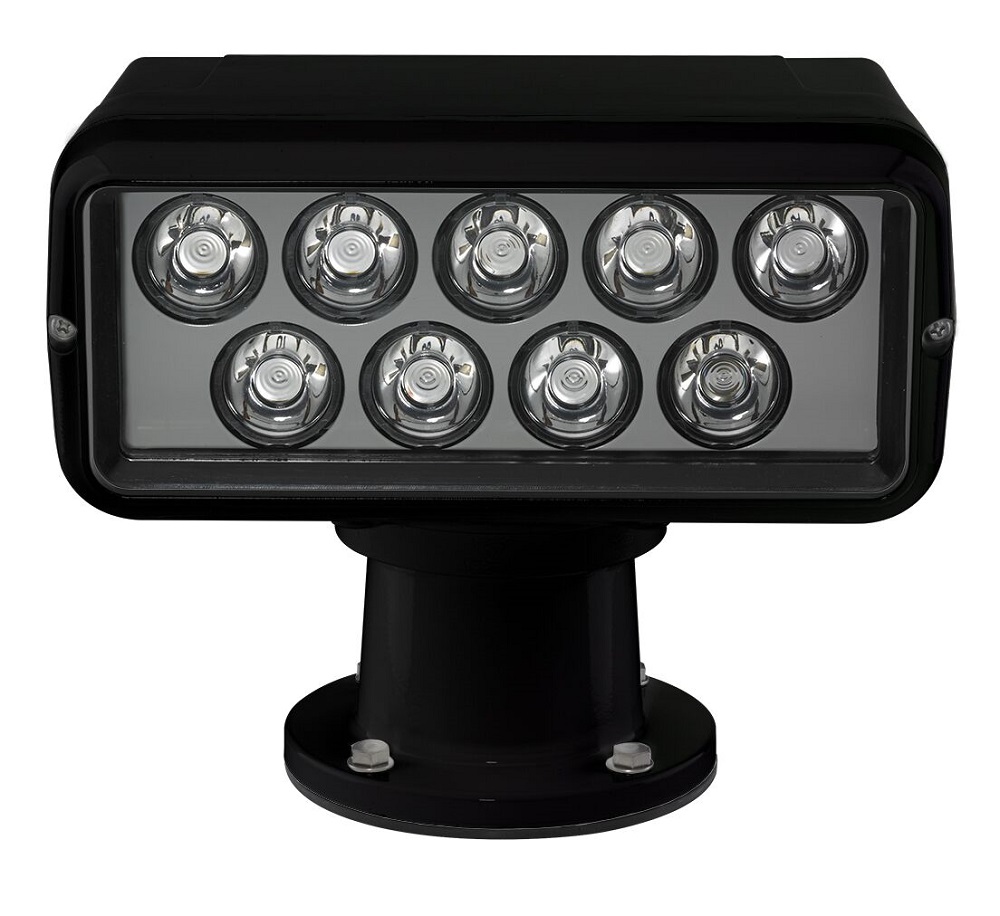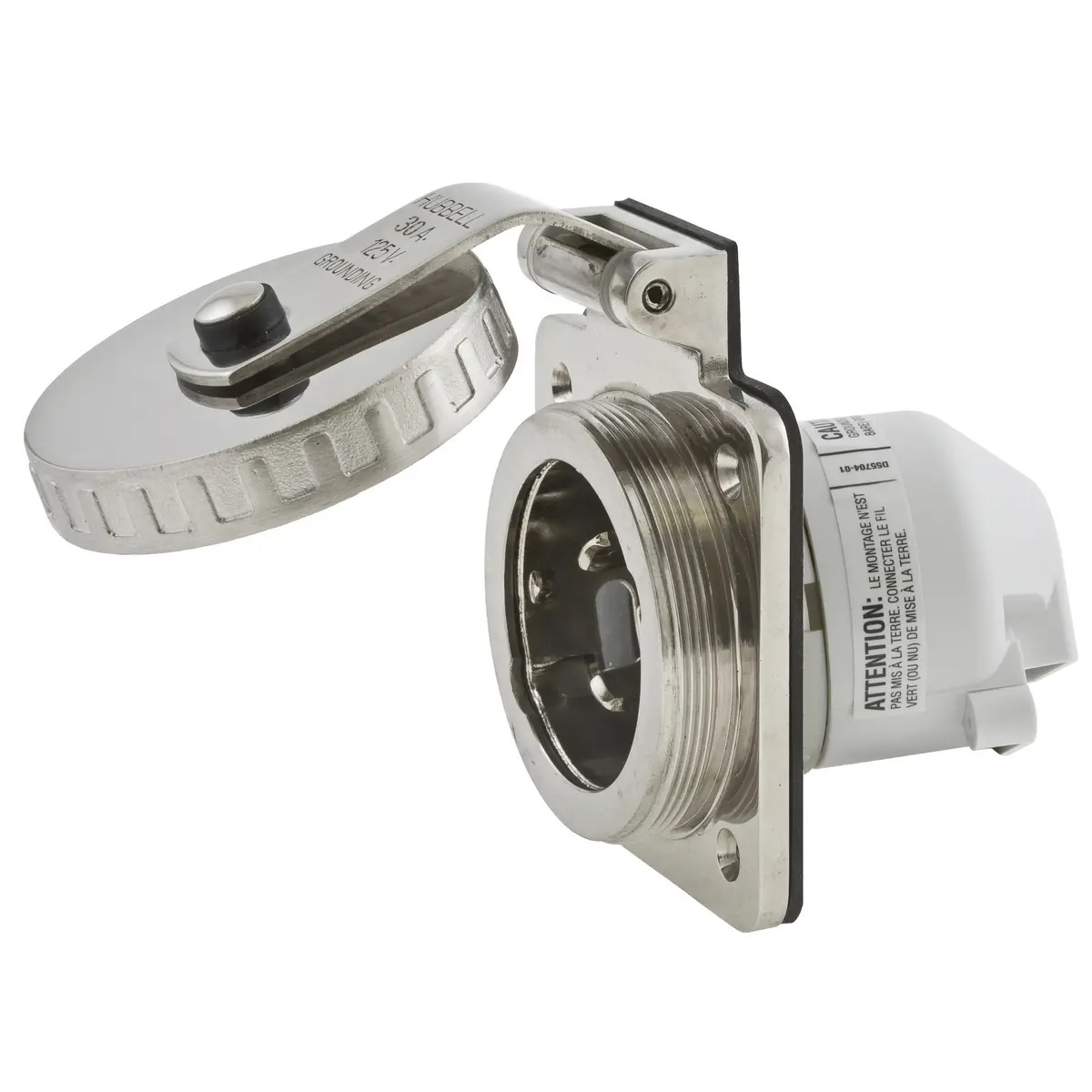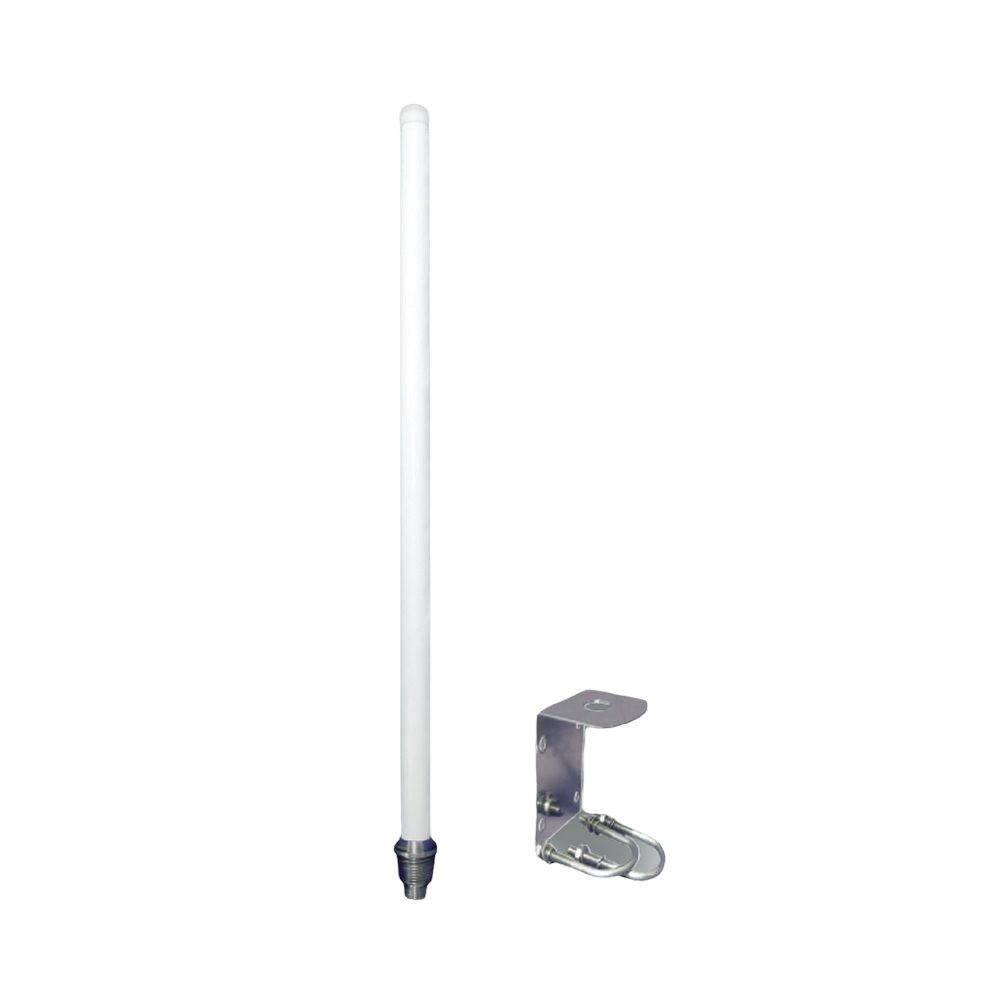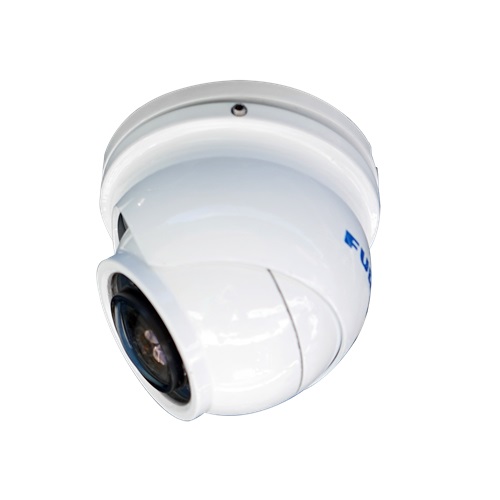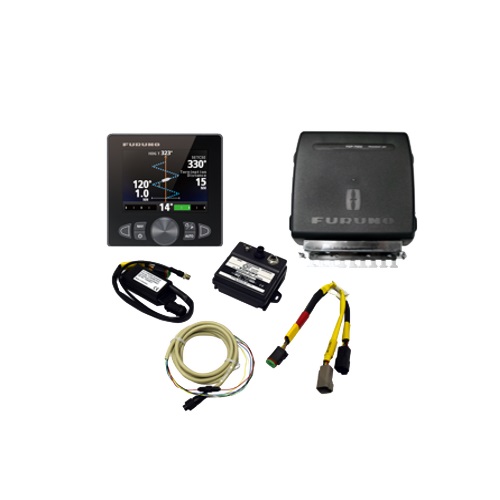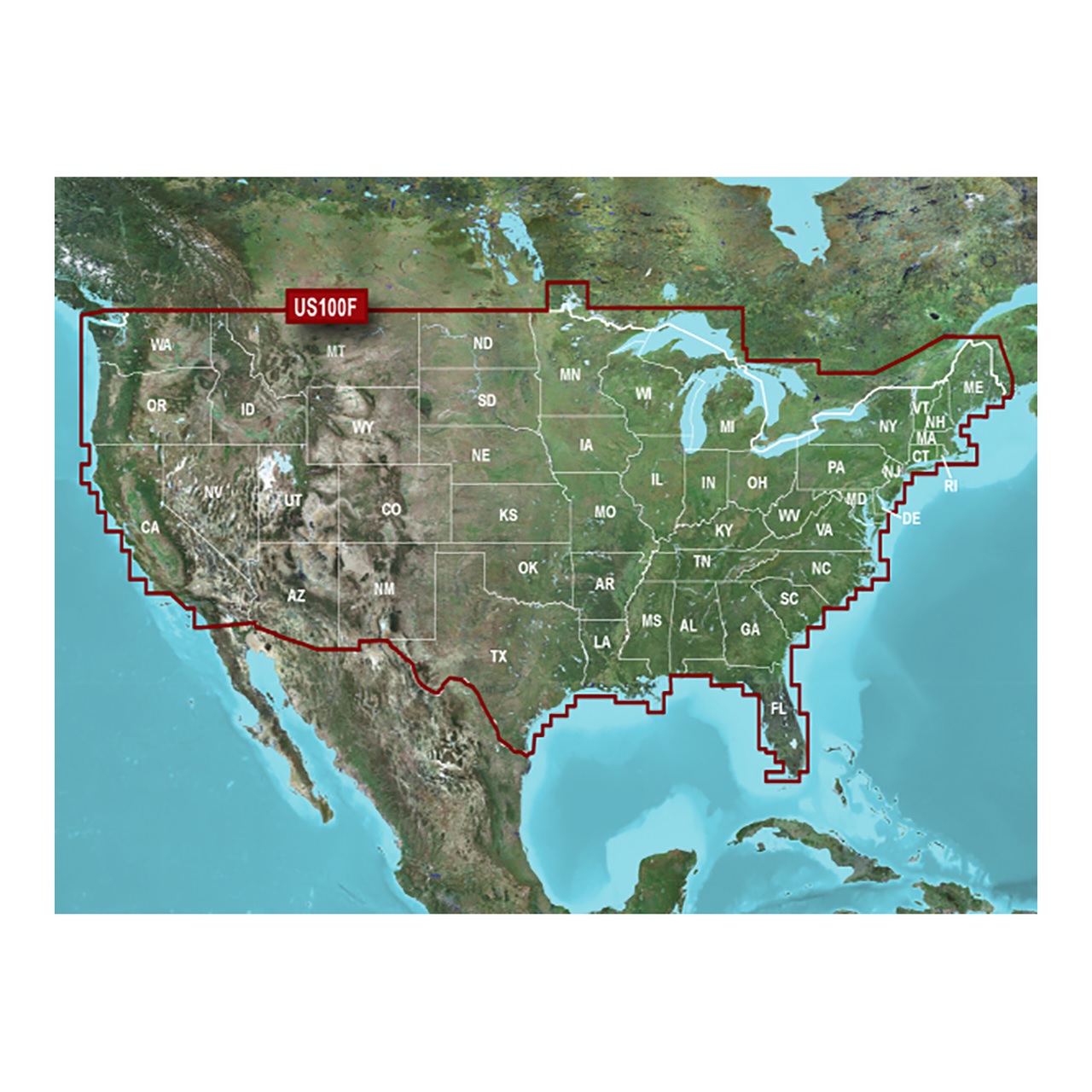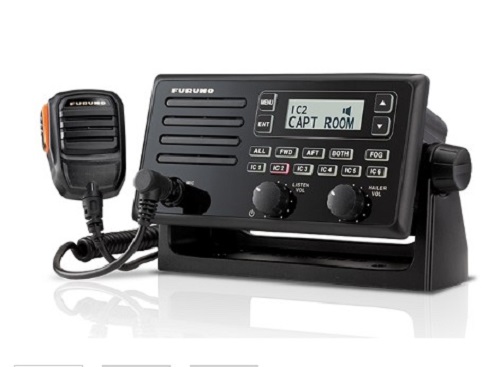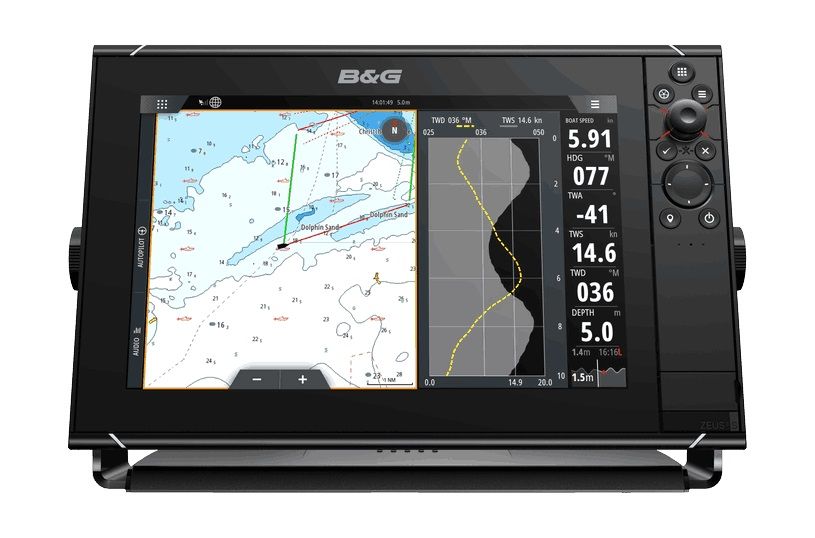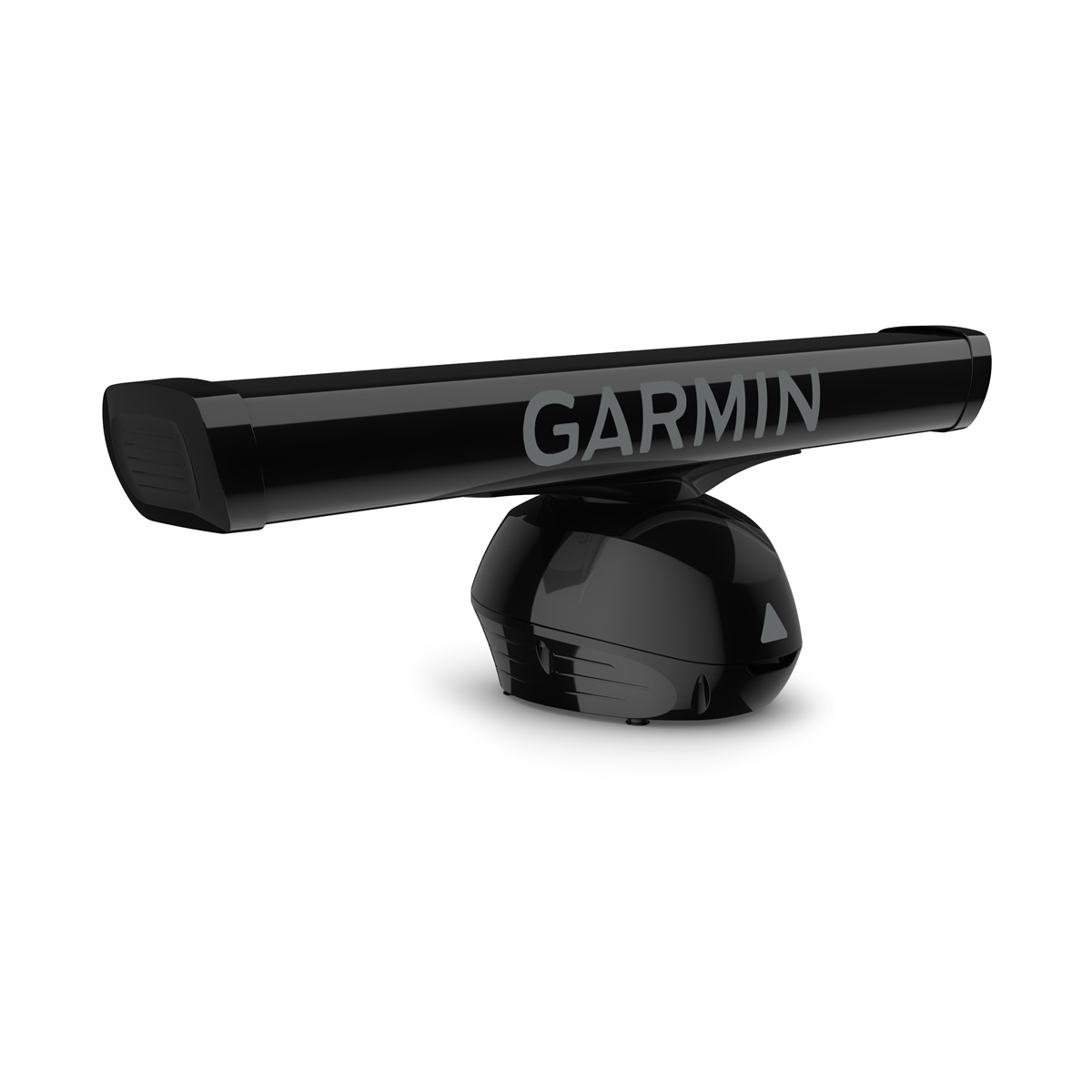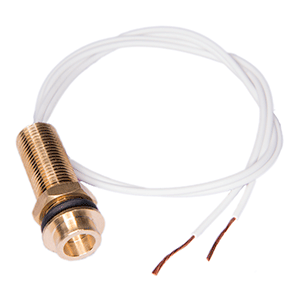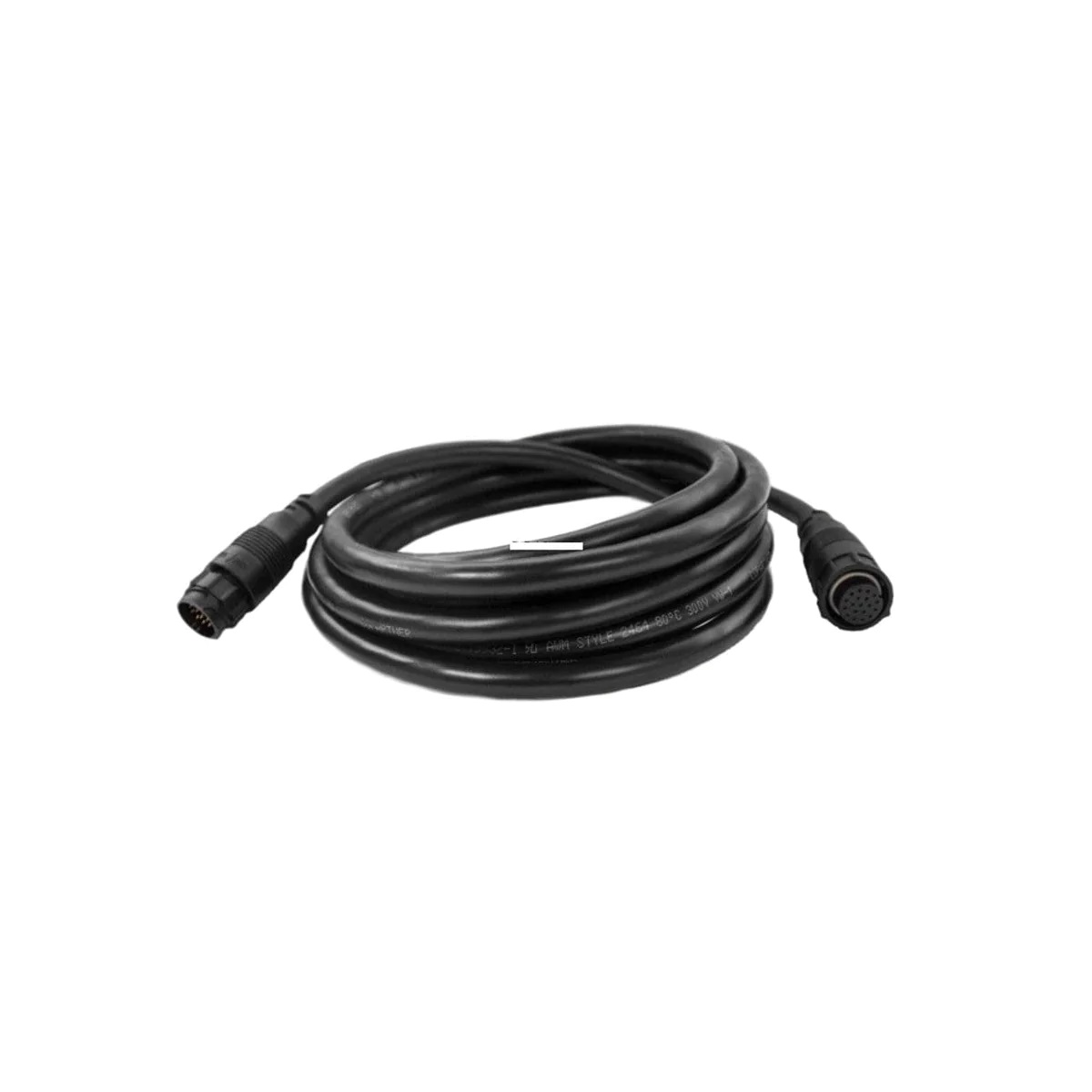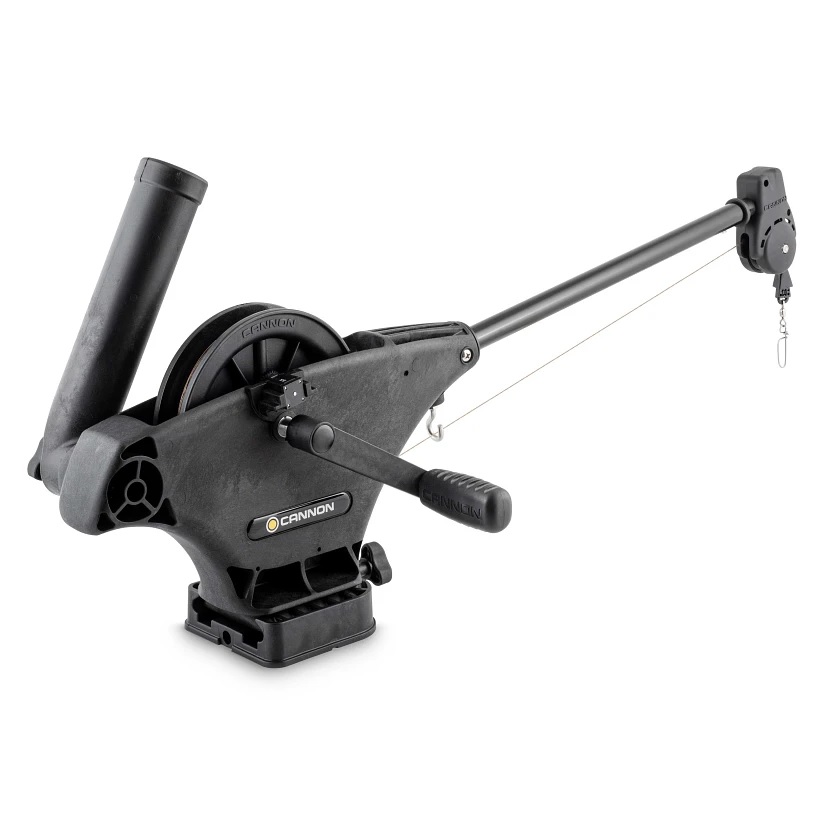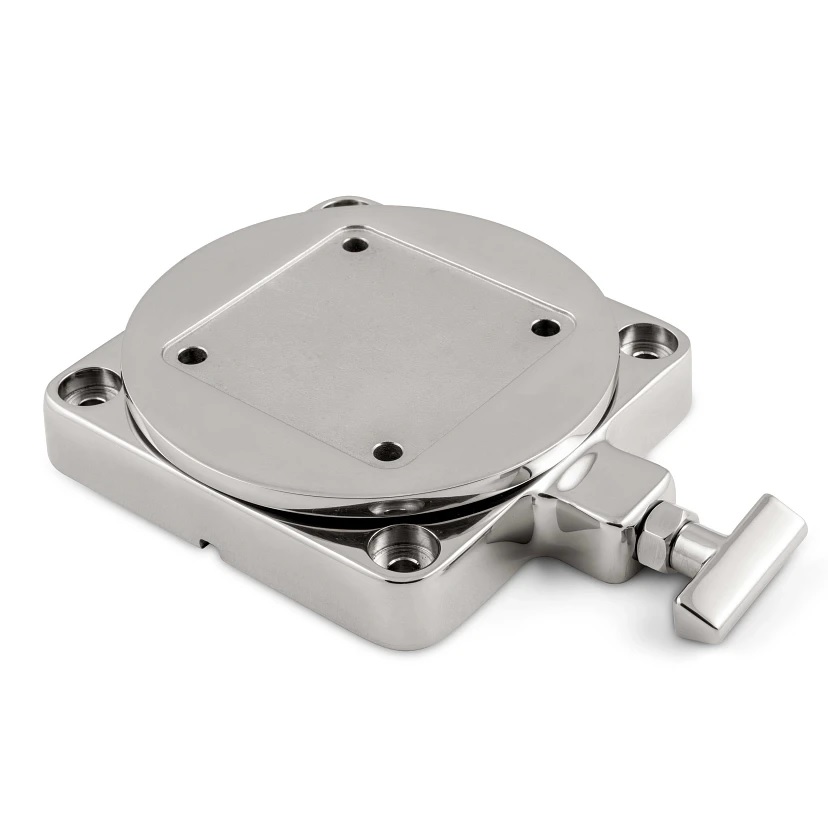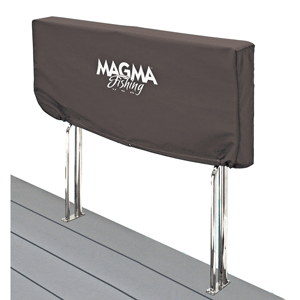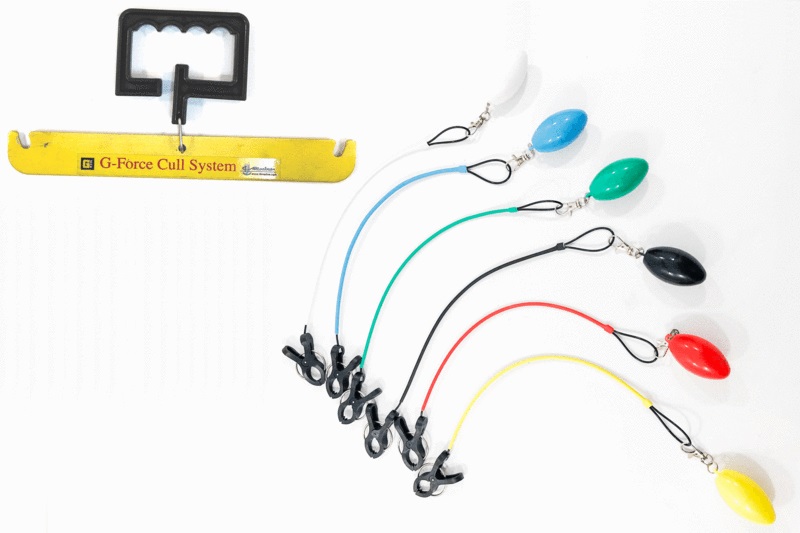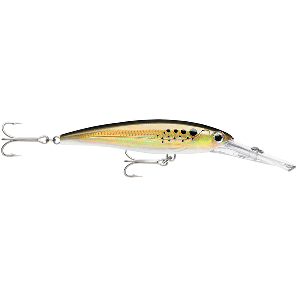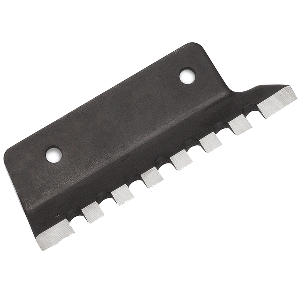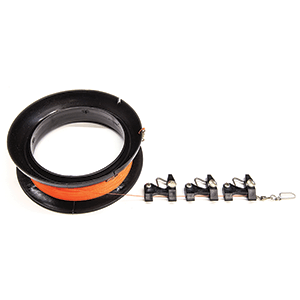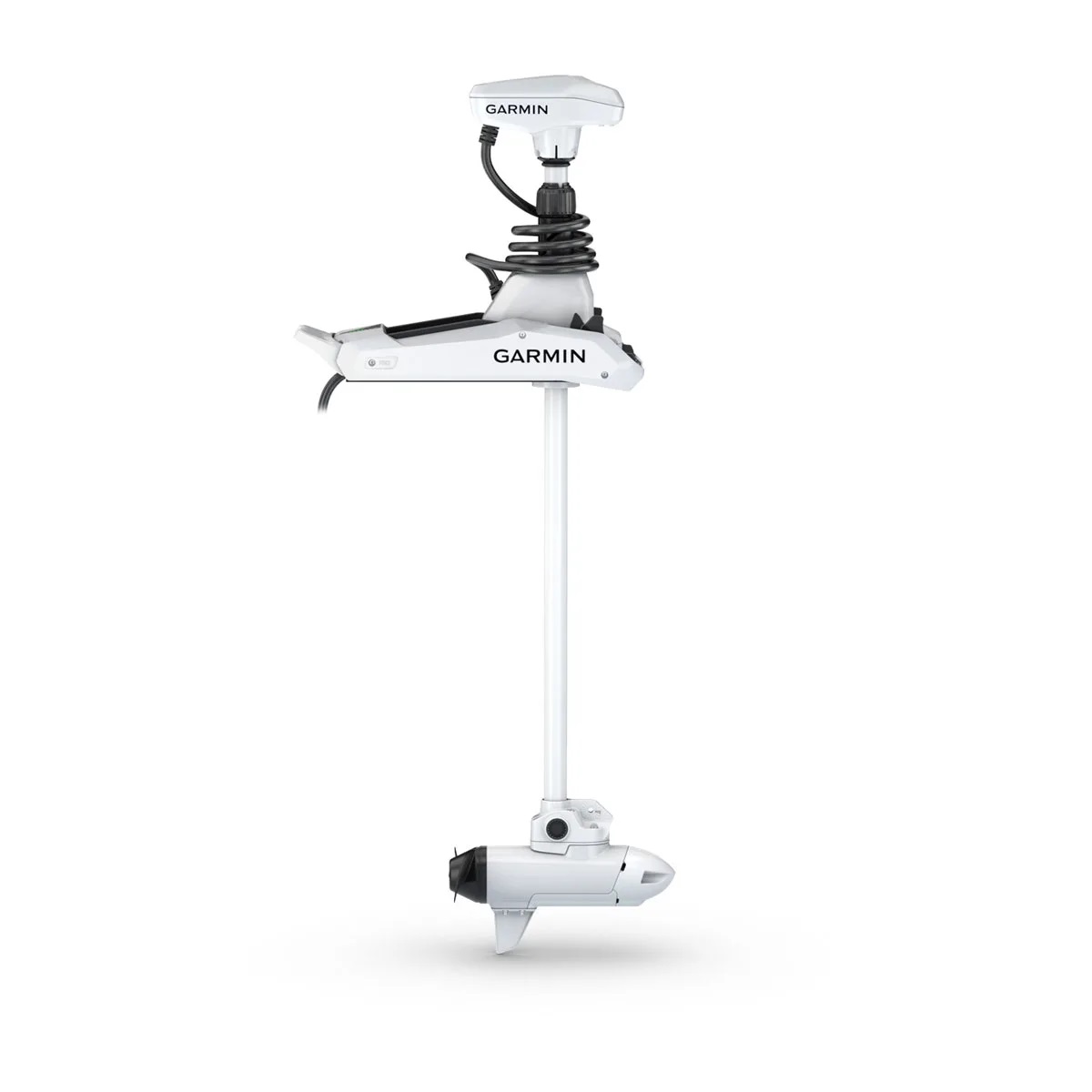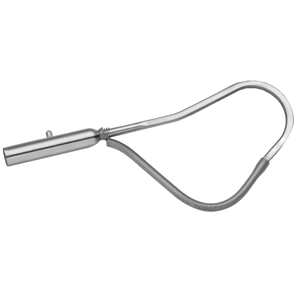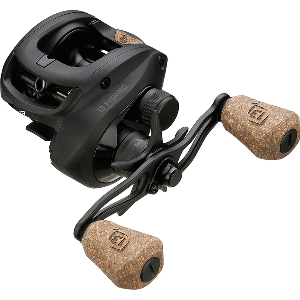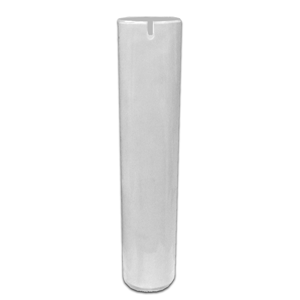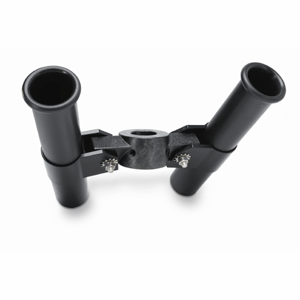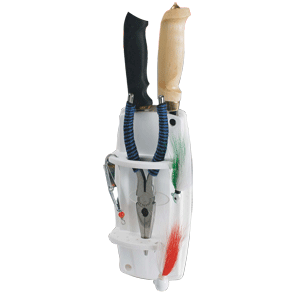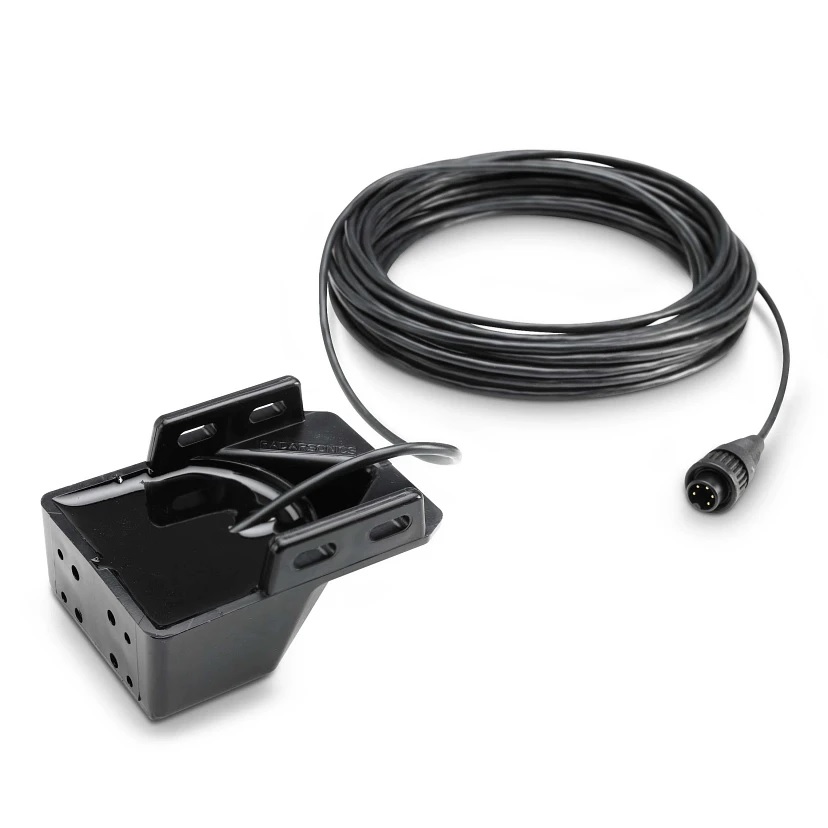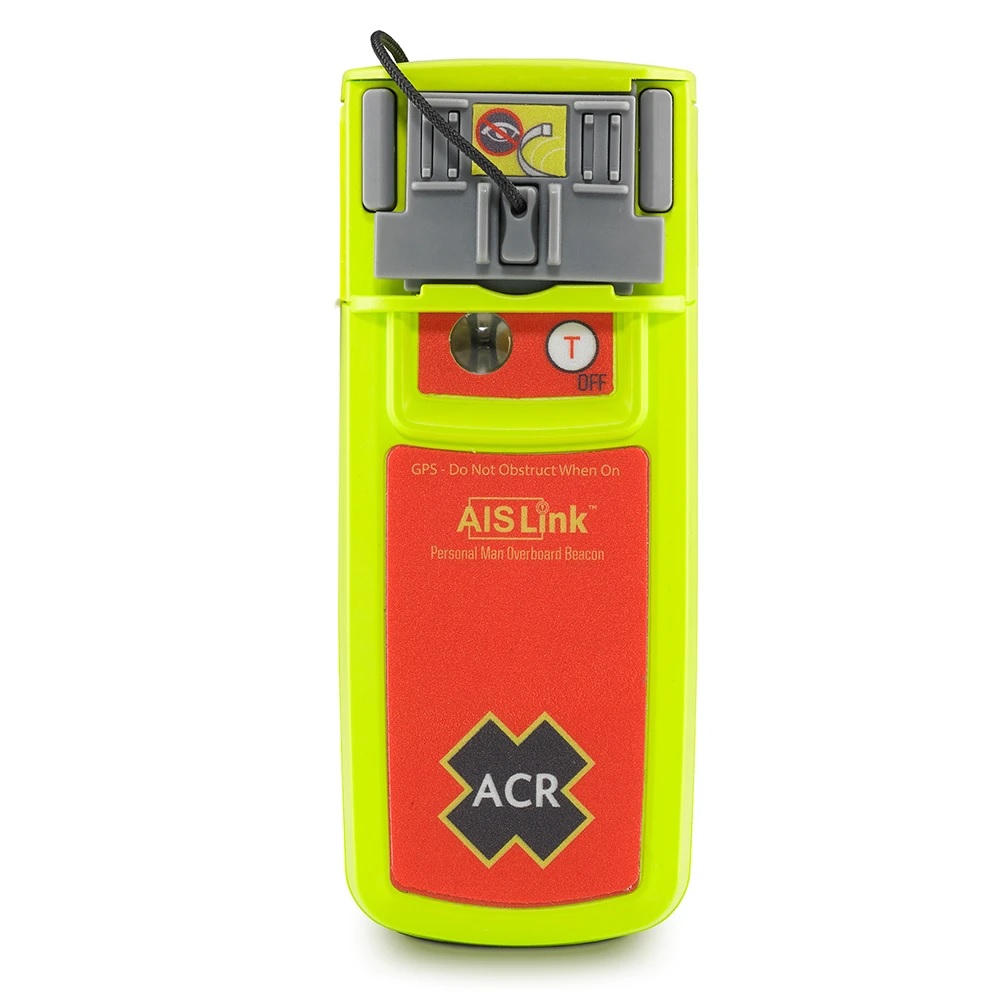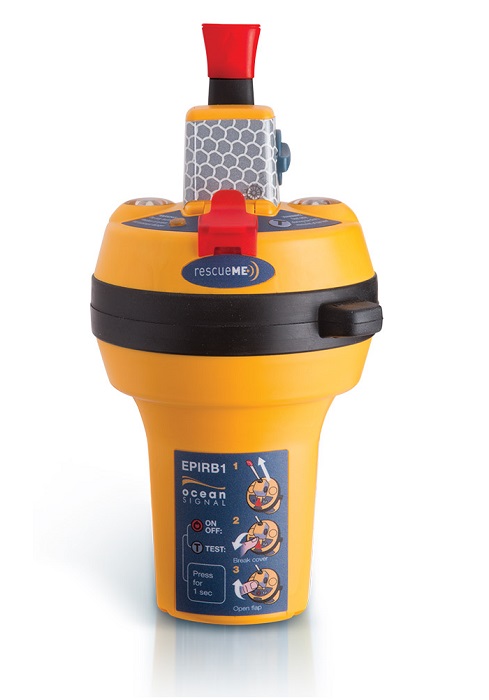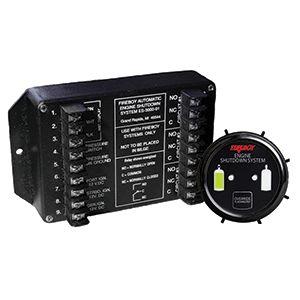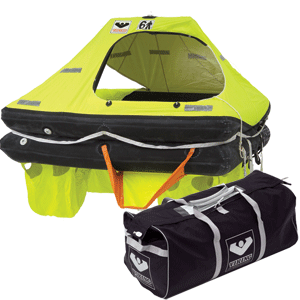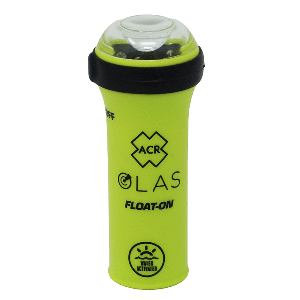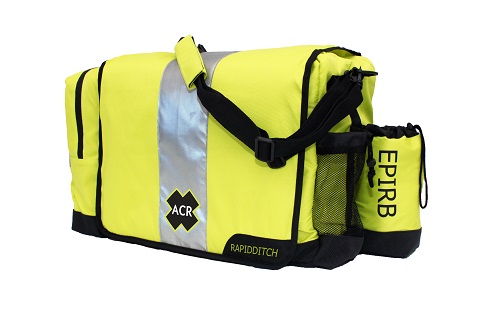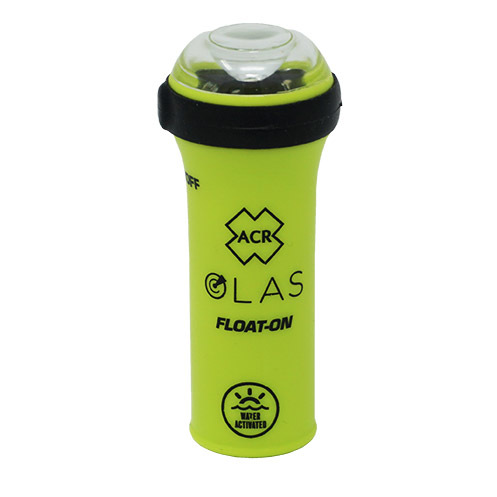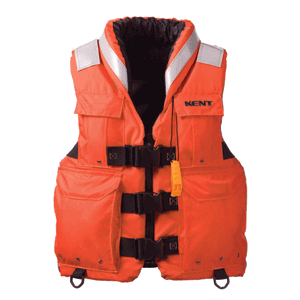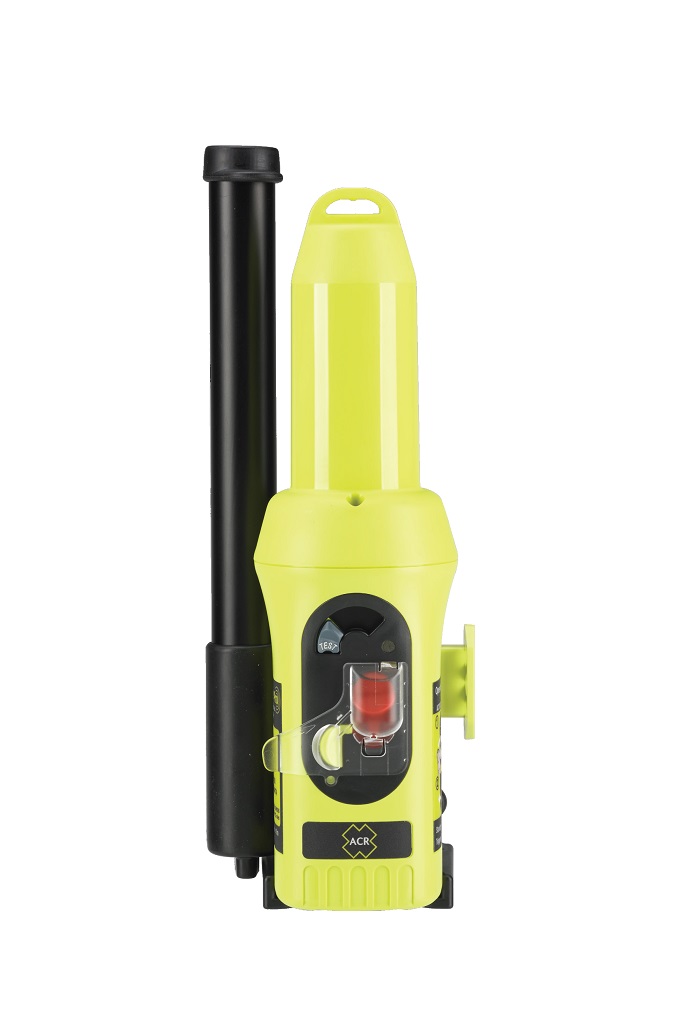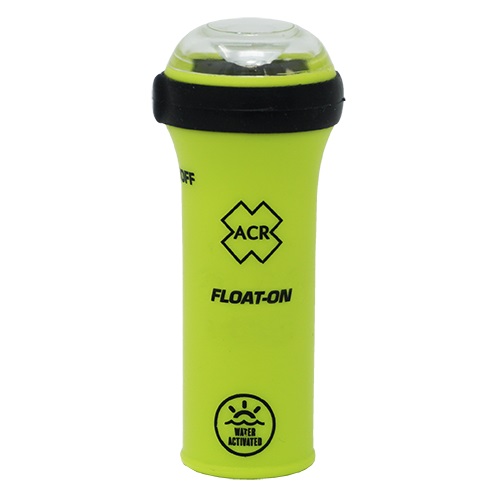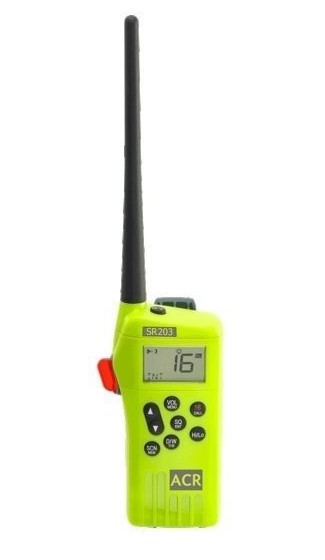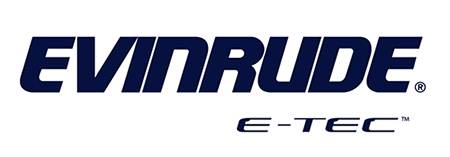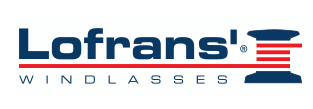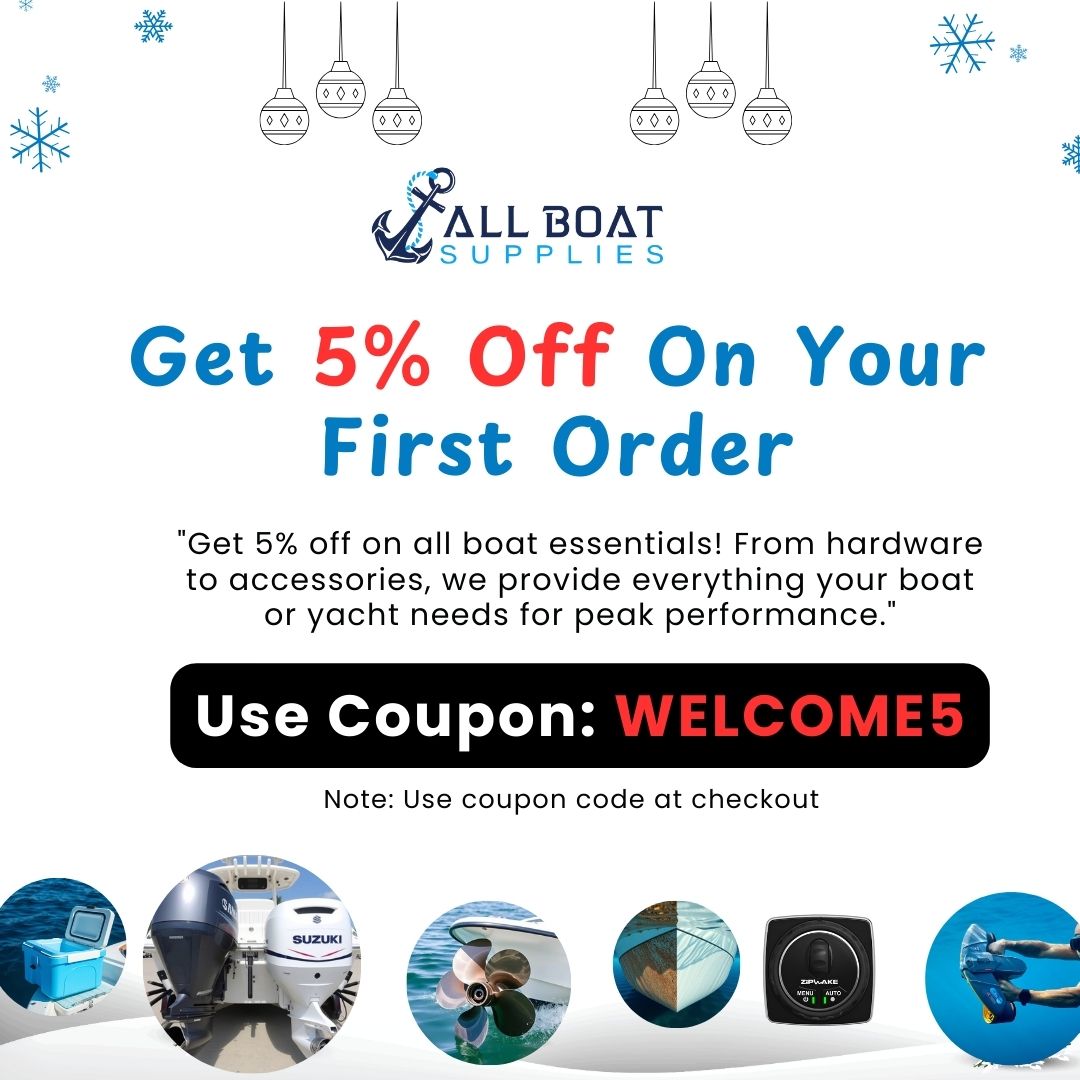Lowrance CHIRP StructureScan 3D Thru Hull – Best & Worst Features
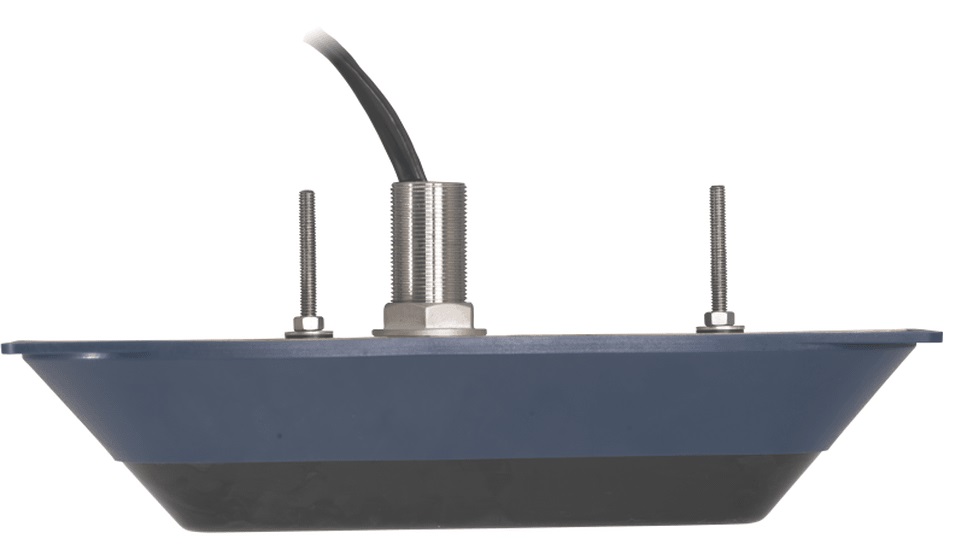
Introduction
The Lowrance CHIRP StructureScan 3D Thru Hull for Boats & Marine Engines is a groundbreaking sonar transducer designed to deliver stunning underwater imaging and superior fish-finding capabilities. This advanced unit combines medium/high CHIRP sonar with StructureScan 3D technology, giving anglers a clear 3D view of structures, fish, and underwater terrain. Whether you’re a professional fisherman or a recreational boater, this device enhances navigation, fish targeting, and safety at sea.
With cutting-edge sonar, easy integration, and durable thru-hull installation, it is the go-to solution for those who demand exceptional performance on the water. Learn how this product can revolutionize your fishing experience in this comprehensive guide.
Overview / What Is Lowrance CHIRP StructureScan 3D Thru Hull?
The Lowrance CHIRP StructureScan 3D Thru Hull is a high-performance transducer that combines CHIRP sonar and 3D scanning. This allows boaters to visualize underwater environments in incredible detail. Unlike traditional sonar, CHIRP technology uses a range of frequencies, offering greater target separation and depth penetration.
Additionally, the StructureScan 3D element provides lifelike three-dimensional images of underwater structures, making it easier to identify fish-holding areas. This technology is particularly valuable for offshore fishing, wreck hunting, and navigating complex waterways safely.
Key Features and Benefits
- 3D Underwater Imaging: Offers a detailed perspective of structures, contours, and fish.
- Medium/High CHIRP Sonar: Enhanced clarity and better target separation.
- Thru-Hull Installation: Provides accurate readings at high speeds and rough conditions.
- Durability: Built to withstand harsh marine environments.
- Integration: Works seamlessly with Lowrance HDS and compatible displays.
How to Install Lowrance CHIRP StructureScan 3D Thru Hull
Proper installation is crucial for optimal performance. Here’s a brief step-by-step guide:
- Choose a flat spot on the hull for mounting.
- Drill according to manufacturer specifications.
- Apply marine sealant around the hole to prevent leaks.
- Secure the transducer with screws and ensure the cable is properly routed.
- Connect the transducer to your Lowrance display and configure the settings.
Always follow the official installation manual for the best results.
Performance on the Water
The Lowrance CHIRP StructureScan 3D Thru Hull excels in real-world scenarios, providing high-definition images even in murky waters. It enhances fishing efficiency by accurately distinguishing fish from structures. The system’s fast response and wide scanning angle make it suitable for various fishing styles, from deep-sea angling to coastal exploration.
Users have reported improved catch rates and safer navigation, making it a worthwhile investment for serious boaters.
Maintenance Tips
Regular maintenance ensures that your transducer continues to perform optimally. Here are some essential tips:
- Clean the transducer face regularly to remove algae and debris.
- Check for physical damage after each trip.
- Inspect cable connections to prevent water intrusion.
- Store the boat properly during off-seasons to avoid unnecessary wear.
With proper care, this device will deliver reliable performance for years.
Expert Advice and Pro Recommendations
Experts recommend pairing the Lowrance CHIRP StructureScan 3D Thru Hull with a compatible Lowrance HDS display for maximum performance. They also advise regular software updates to access new features and improved sonar processing.
For best results, adjust sensitivity settings according to water conditions. Whether you’re fishing in shallow bays or deep offshore waters, fine-tuning your sonar settings makes a huge difference.
Buy now: Lowrance Medium/High CHIRP StructureScan 3D Thru Hull and use 5% off code WELCOME5.
Comparing Lowrance CHIRP StructureScan 3D with Other Transducers
When compared to other transducers, this model stands out for its 3D imaging and superior clarity. Many competing models offer only 2D sonar, which limits visibility. The thru-hull design also offers better performance at high speeds compared to transom-mounted units.
Users switching from older units often notice a significant improvement in fish detection and structure identification.
Integration with Other Marine Electronics
The device integrates seamlessly with various marine electronics, enhancing its functionality. It works perfectly with Lowrance HDS and other compatible displays. This allows for data sharing, waypoint marking, and more advanced fishing strategies.
For those using Yamaha engines, integration with Yamaha Outboards adds another layer of performance and efficiency.
Detailed FAQ Section
1. What makes the Lowrance CHIRP StructureScan 3D Thru Hull different from traditional sonar?
The primary difference lies in its ability to deliver detailed 3D imaging. Traditional sonar typically provides only 2D images, limiting your ability to interpret underwater structures. This transducer uses CHIRP technology, which emits multiple frequencies, enhancing resolution and target separation. Combined with 3D imaging, you can visualize fish, structures, and terrain more realistically. It helps you identify fish-holding areas, navigate safely, and make informed fishing decisions. Additionally, its thru-hull installation ensures stable readings even at high speeds, unlike some transom-mounted alternatives that may lose signal in rough waters.
2. How do I troubleshoot connectivity issues with the transducer?
If your device fails to connect or shows irregular readings, first check the cable connections. Ensure they are secure and free from corrosion. Next, inspect the transducer face for damage or debris buildup, as these can affect performance. Updating your Lowrance display’s firmware can also resolve many software-related issues. If the problem persists, try resetting the system to default settings. In rare cases, the transducer may require professional servicing or replacement. Always refer to the official Lowrance troubleshooting guide for advanced diagnostics. Regular inspections and proper installation minimize the chances of such issues.
3. Can the Lowrance CHIRP StructureScan 3D Thru Hull be used in saltwater?
Yes, it is designed to perform exceptionally well in both freshwater and saltwater environments. Its durable construction resists corrosion, making it suitable for offshore fishing and harsh marine conditions. However, to prolong its lifespan, rinse the transducer with fresh water after every saltwater trip to remove salt deposits. Applying a light coat of marine-safe antifouling paint can also prevent marine growth. Saltwater anglers benefit from its superior depth penetration and wide scanning angle, which make it easier to locate fish and structures in deep or complex environments.
4. What are the best practices for optimizing sonar settings?
Optimizing your sonar settings can dramatically improve performance. Adjust sensitivity based on water clarity; clearer waters may require lower sensitivity, while murky waters may need higher settings. Use color palettes that enhance contrast and make fish targets stand out. Set the depth range manually when fishing in known depths to reduce clutter. Additionally, regularly calibrate the system and use the latest firmware updates for improved processing. These adjustments allow you to tailor the sonar to specific conditions, resulting in better fish detection and a more efficient fishing experience.
5. How long does the Lowrance CHIRP StructureScan 3D Thru Hull last?
With proper maintenance, this transducer can last many years. Its robust build and high-quality materials make it resistant to harsh marine conditions. However, its longevity depends on how well it is cared for. Regular cleaning, avoiding physical impacts, and protecting cable connections from wear are crucial. When stored during the offseason, ensure it is kept in a dry, safe location. Many users report over a decade of service life when following recommended care practices. If performance declines, inspecting and replacing worn parts promptly extends the unit’s functionality.
Conclusion
The Lowrance CHIRP StructureScan 3D Thru Hull for Boats & Marine Engines is a premium choice for serious anglers and boaters who want cutting-edge sonar technology. Its combination of CHIRP and 3D scanning makes underwater exploration more detailed and accurate. With proper installation and maintenance, this device delivers long-term value and exceptional performance.
Special Offer
WELCOME5 – Get 5% off storewide at allboatsupplies.com
🚀 Instant Assistance: Need help selecting the right product? Drop your contact in the chatbox at the bottom right corner, and our expert team will reply within 30 minutes with the best product suggestion for your boat — including a ready-to-use checkout link. We’re fast, knowledgeable, and always here for your boating needs!
No more guesswork — just message us and get a personalized checkout link for your antifouling system, fast!
Explore Our Best-Selling Ultrasonic Antifouling Products:
Buy now
Lowrance Medium/High CHIRP StructureScan 3D Thru Hull
Let us handle the hassle — expert support, quick replies, and smooth checkout. Your boat deserves the best.
